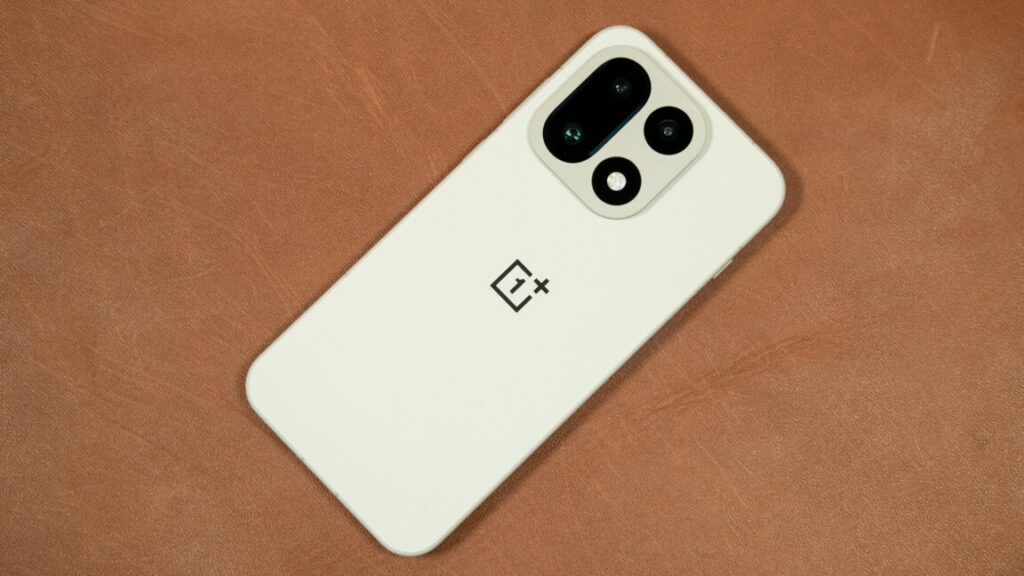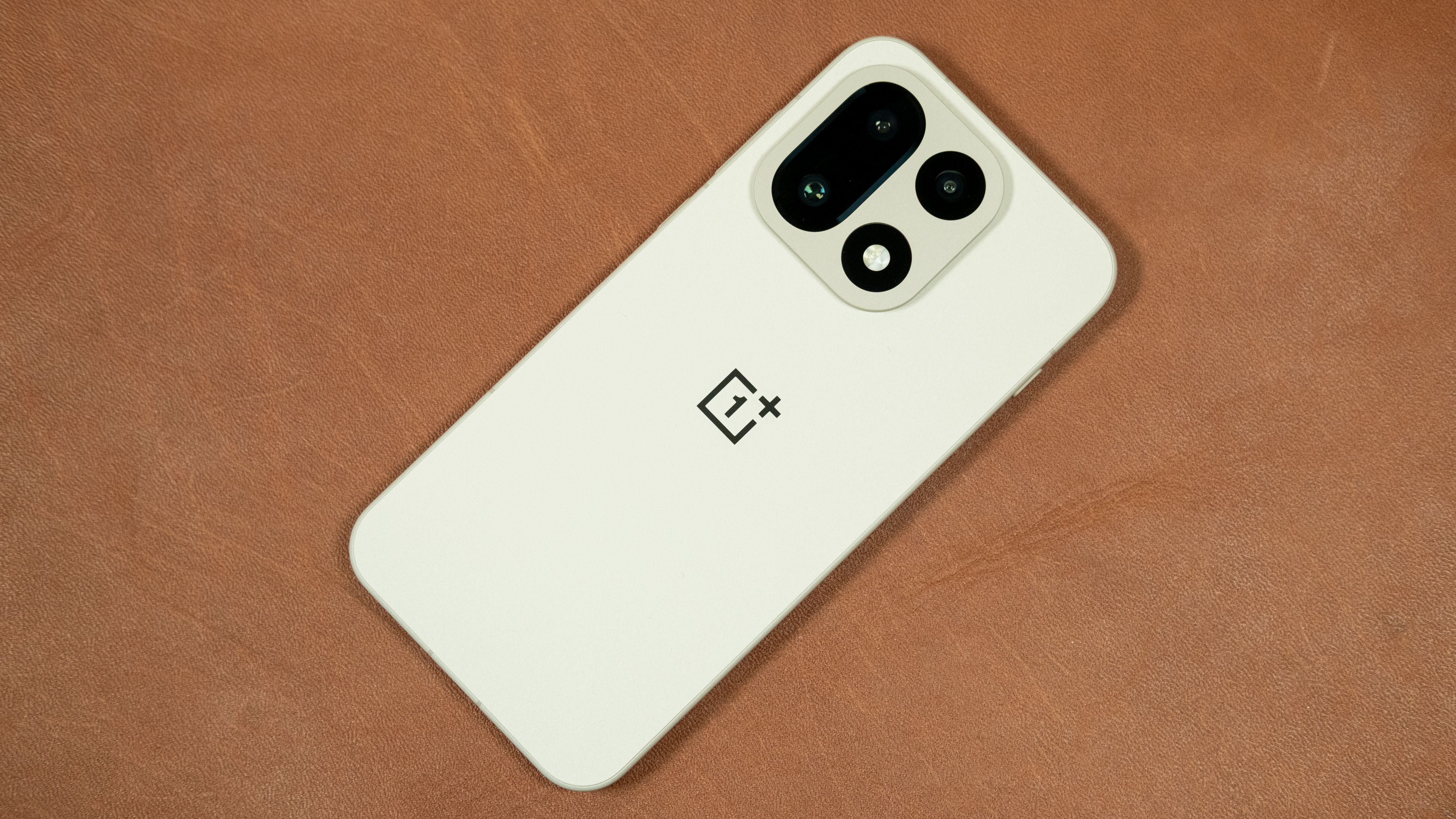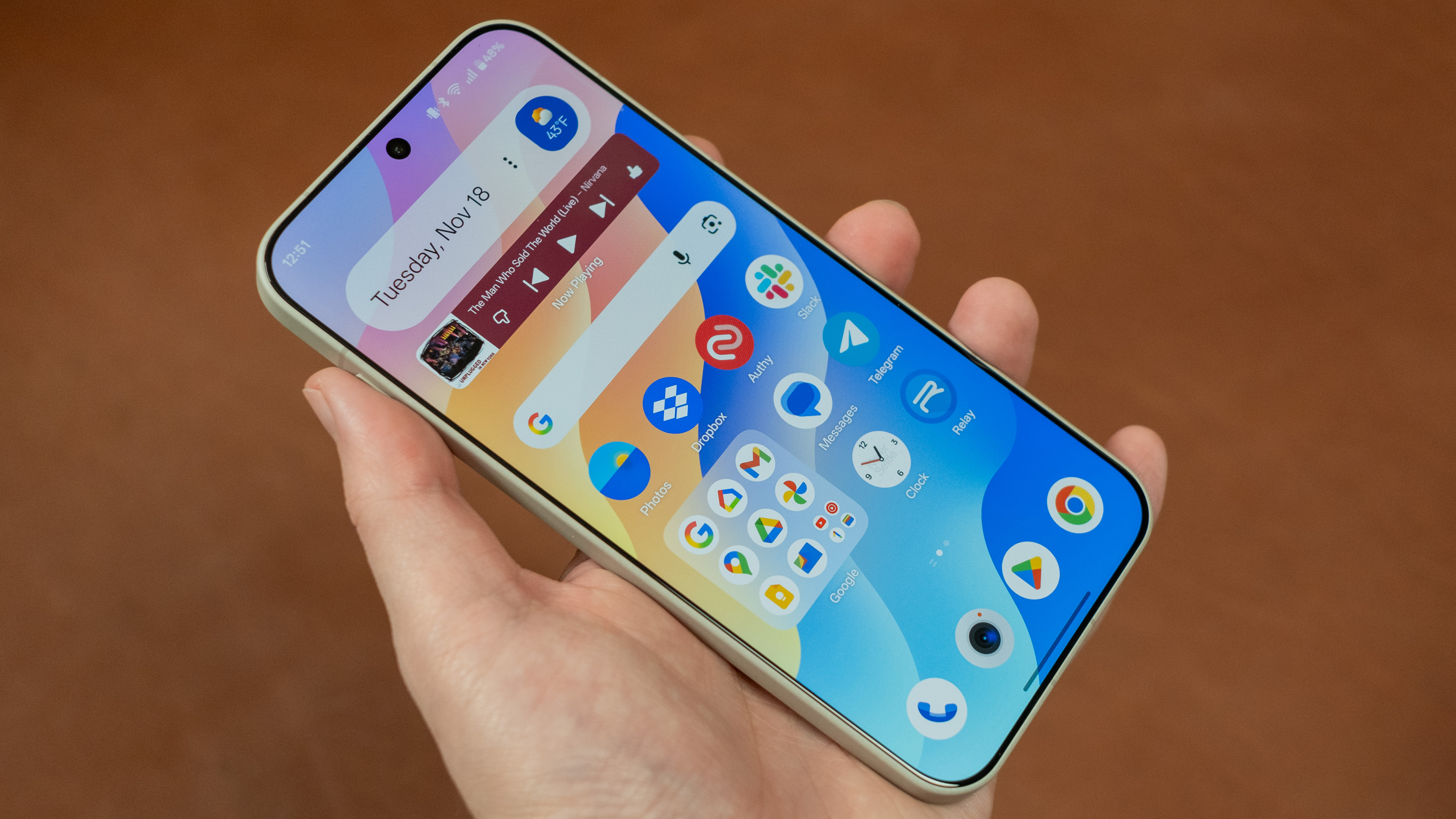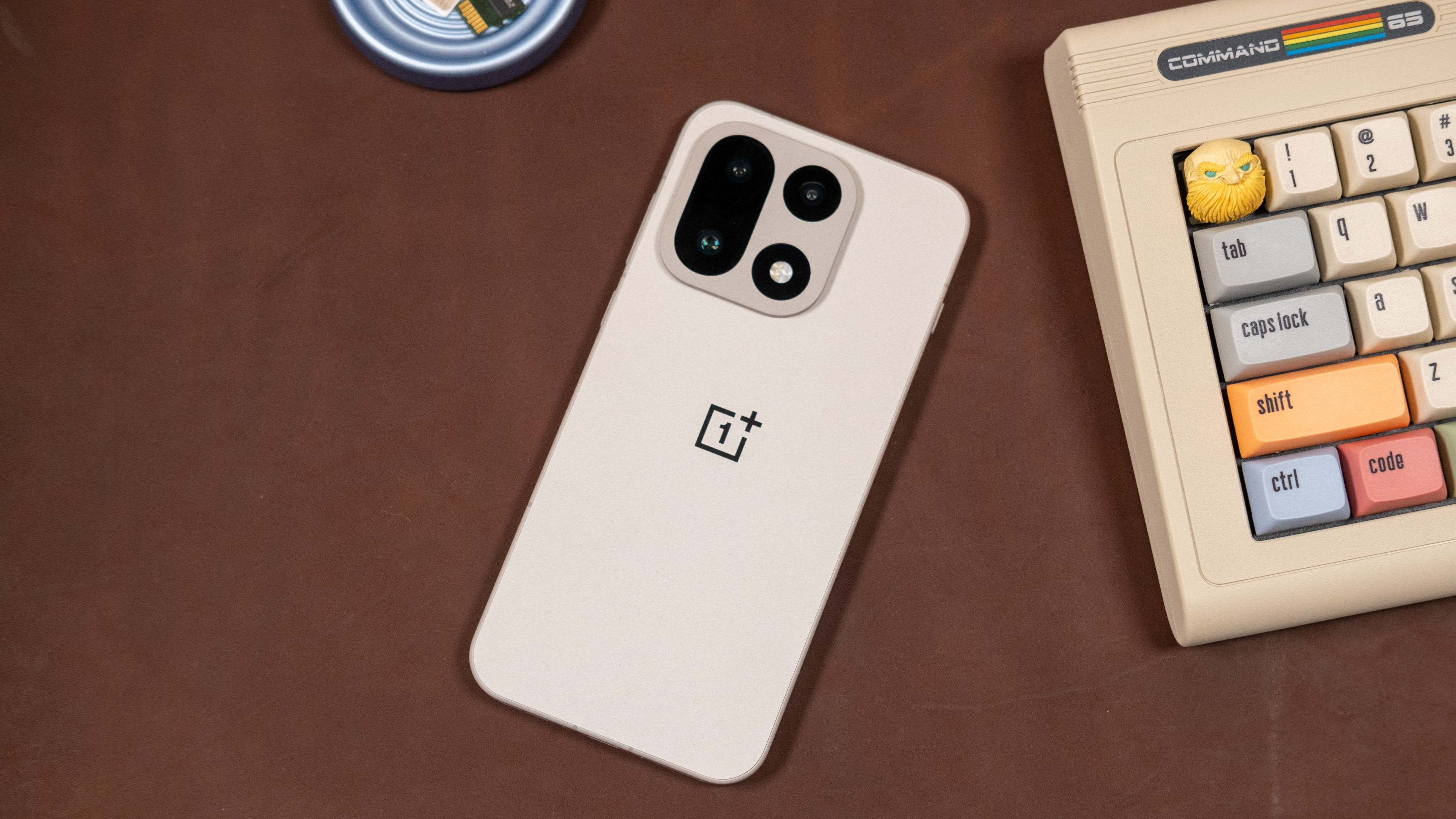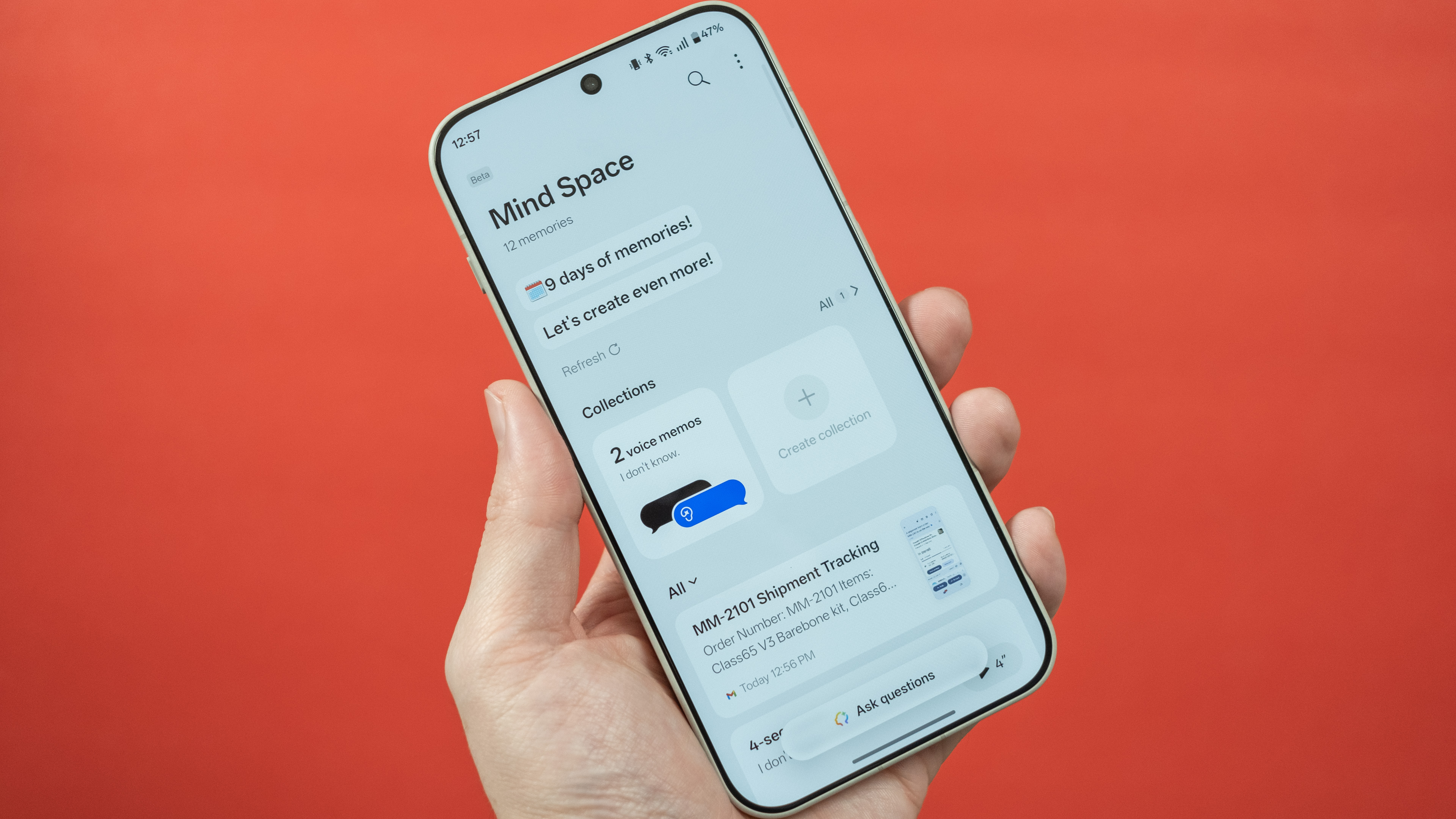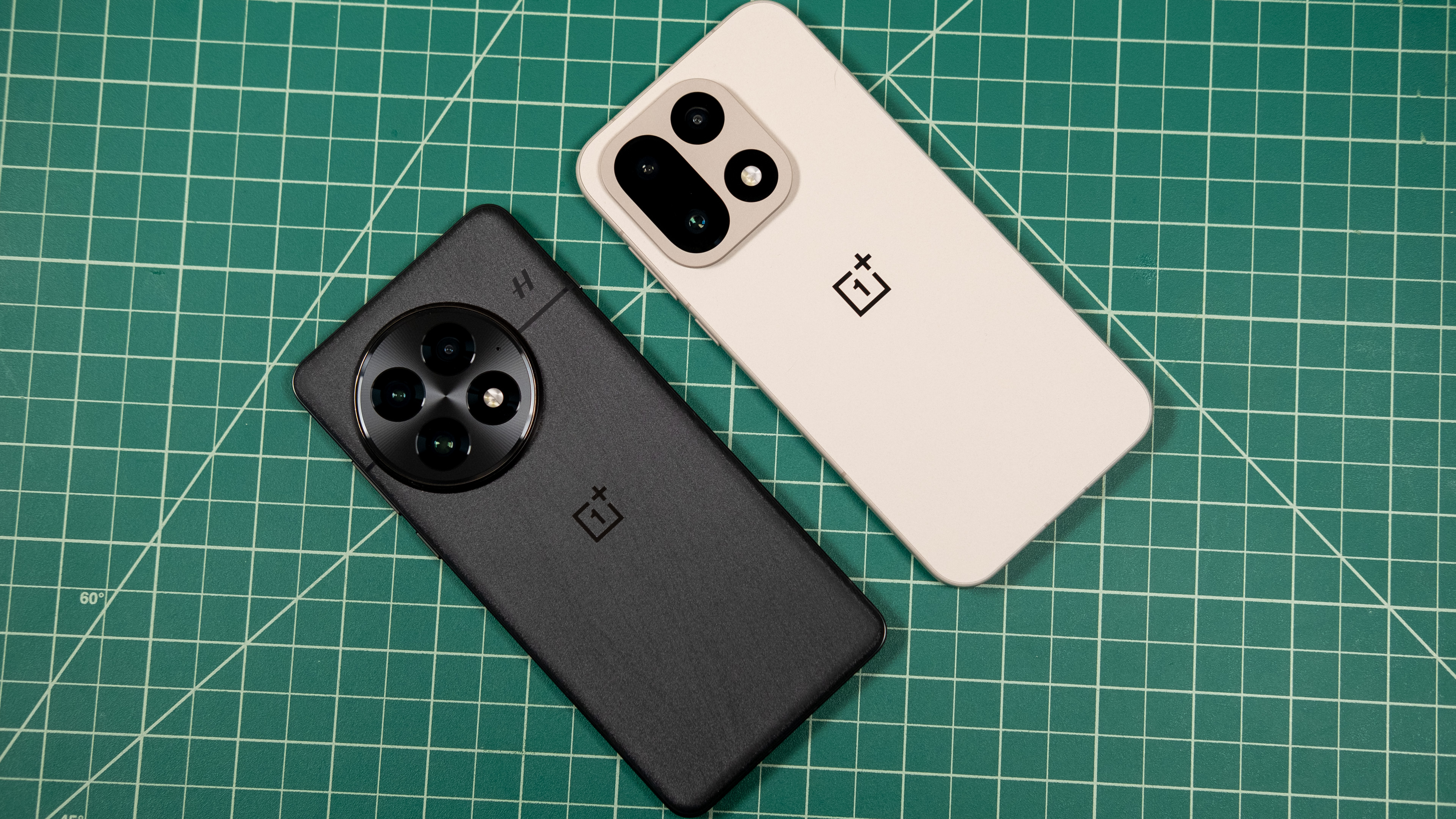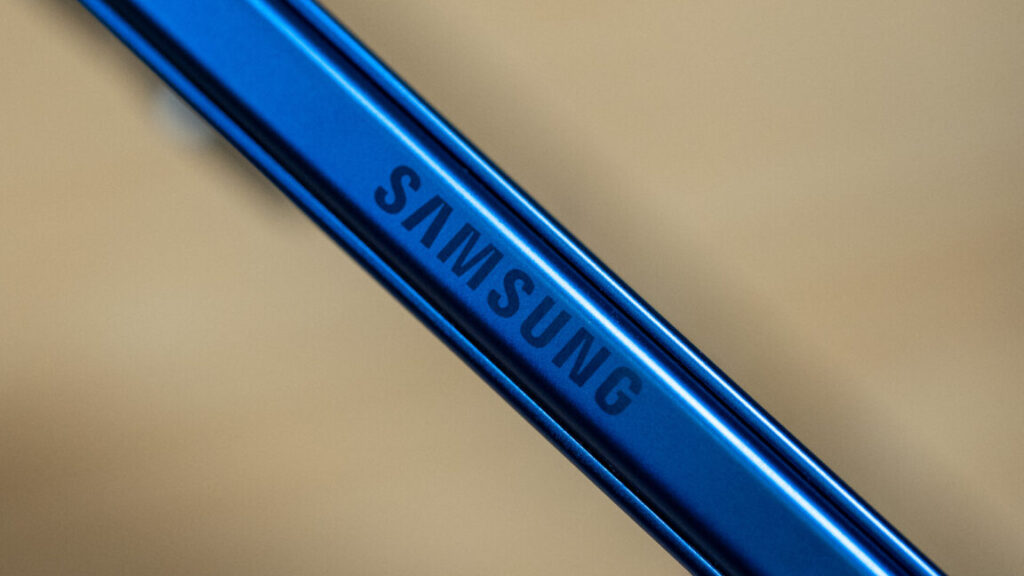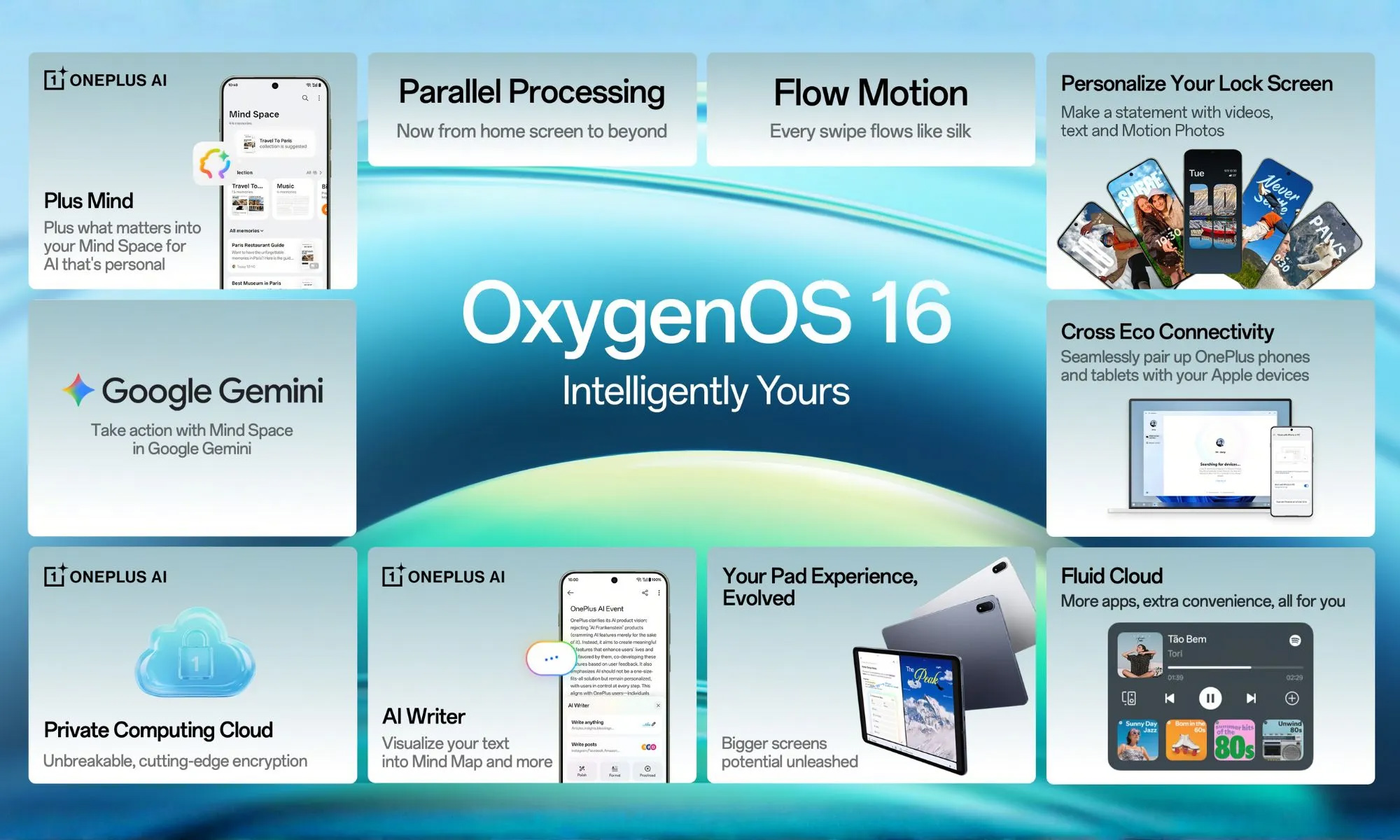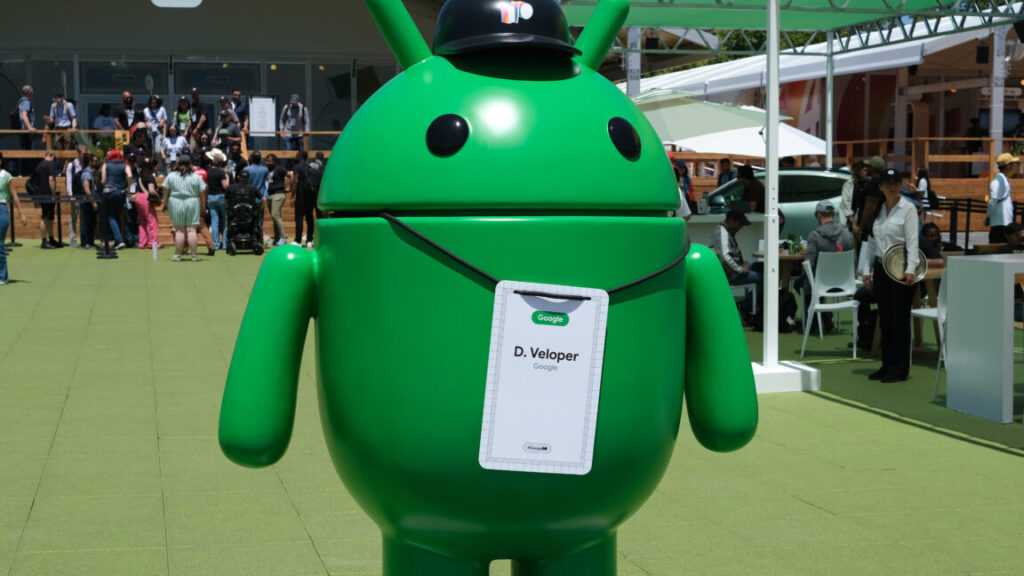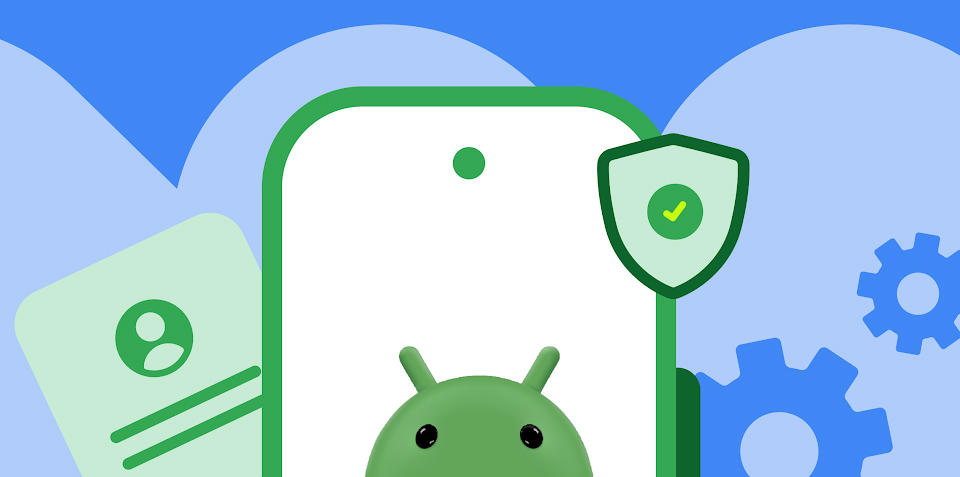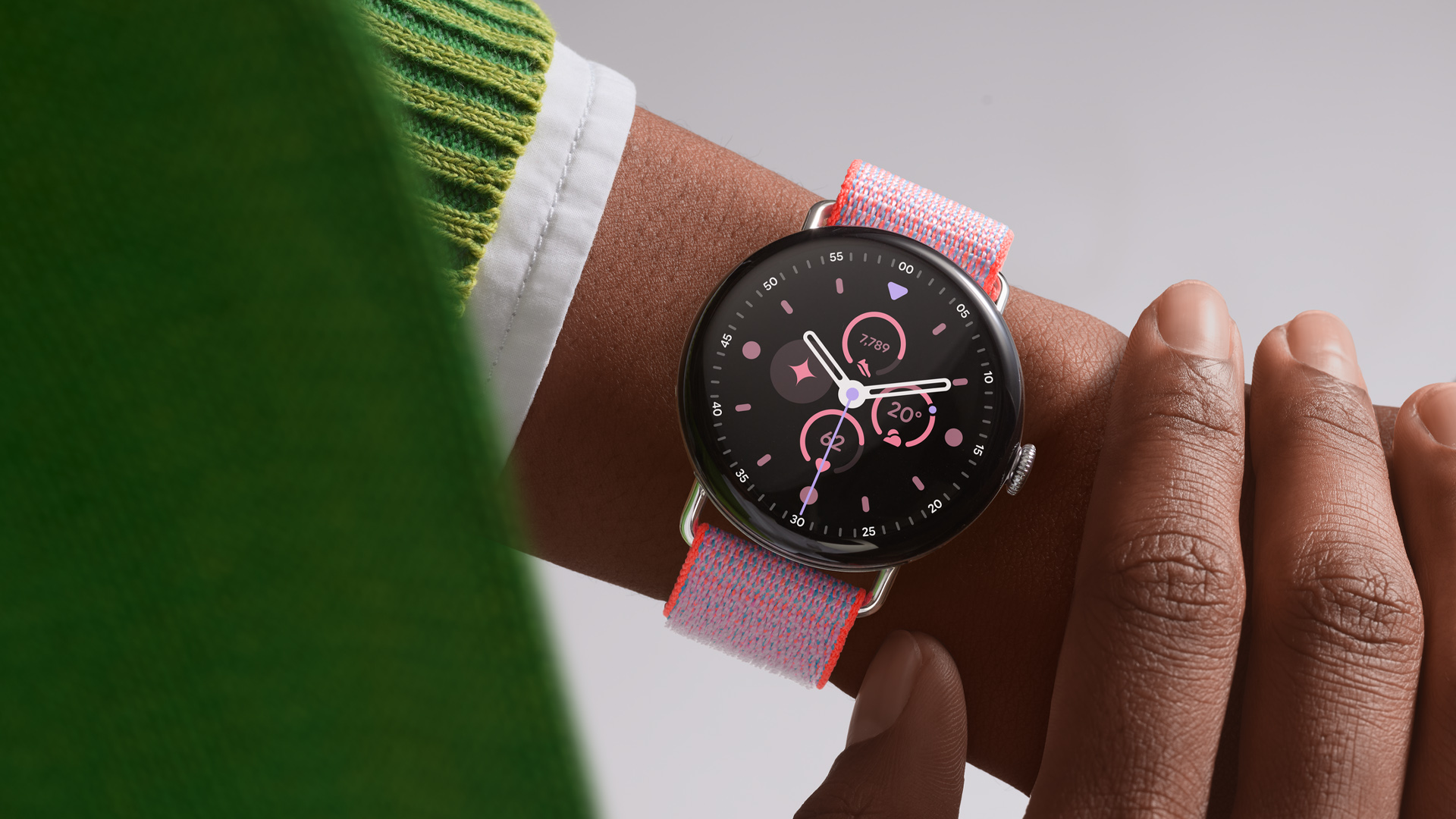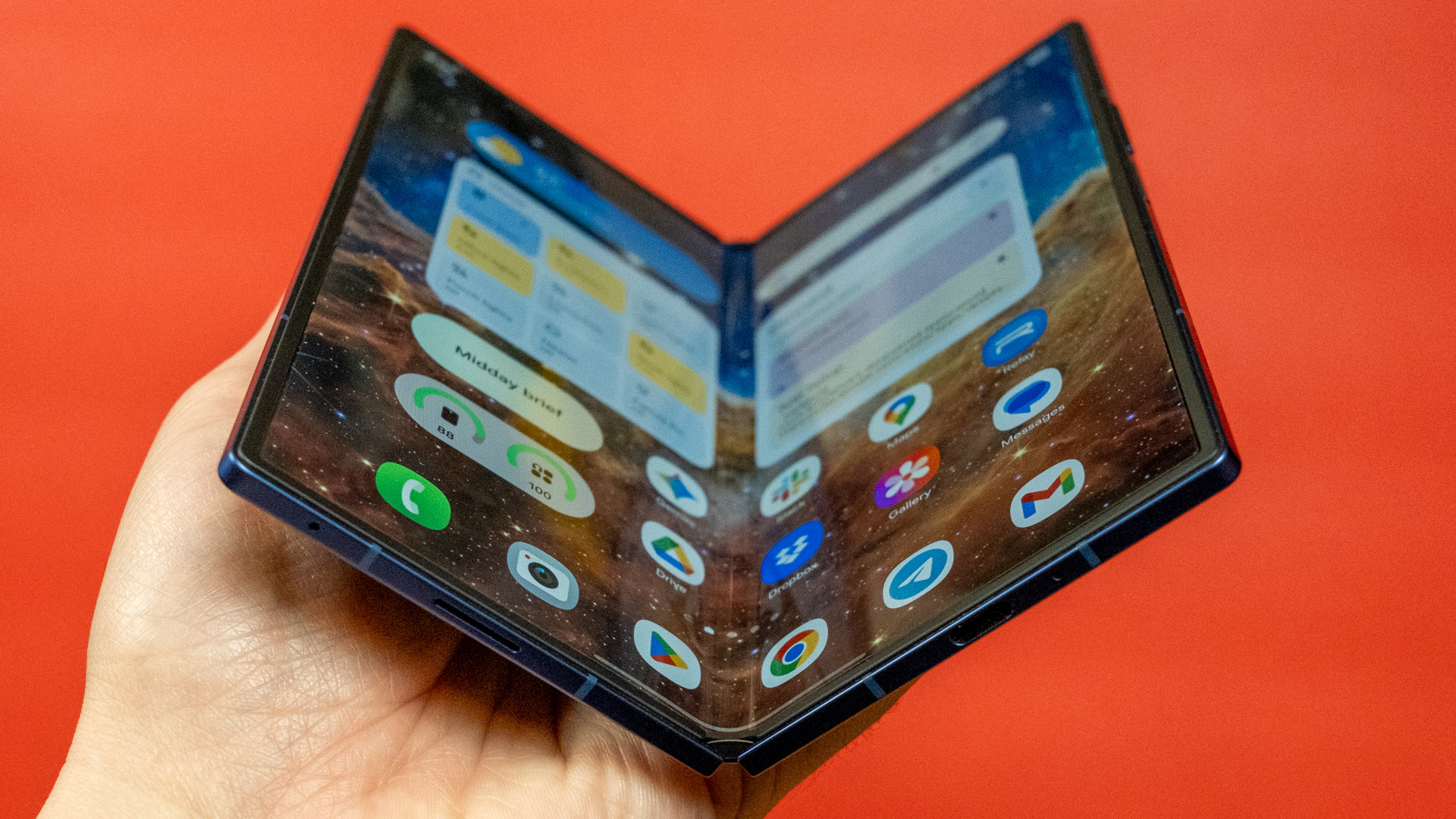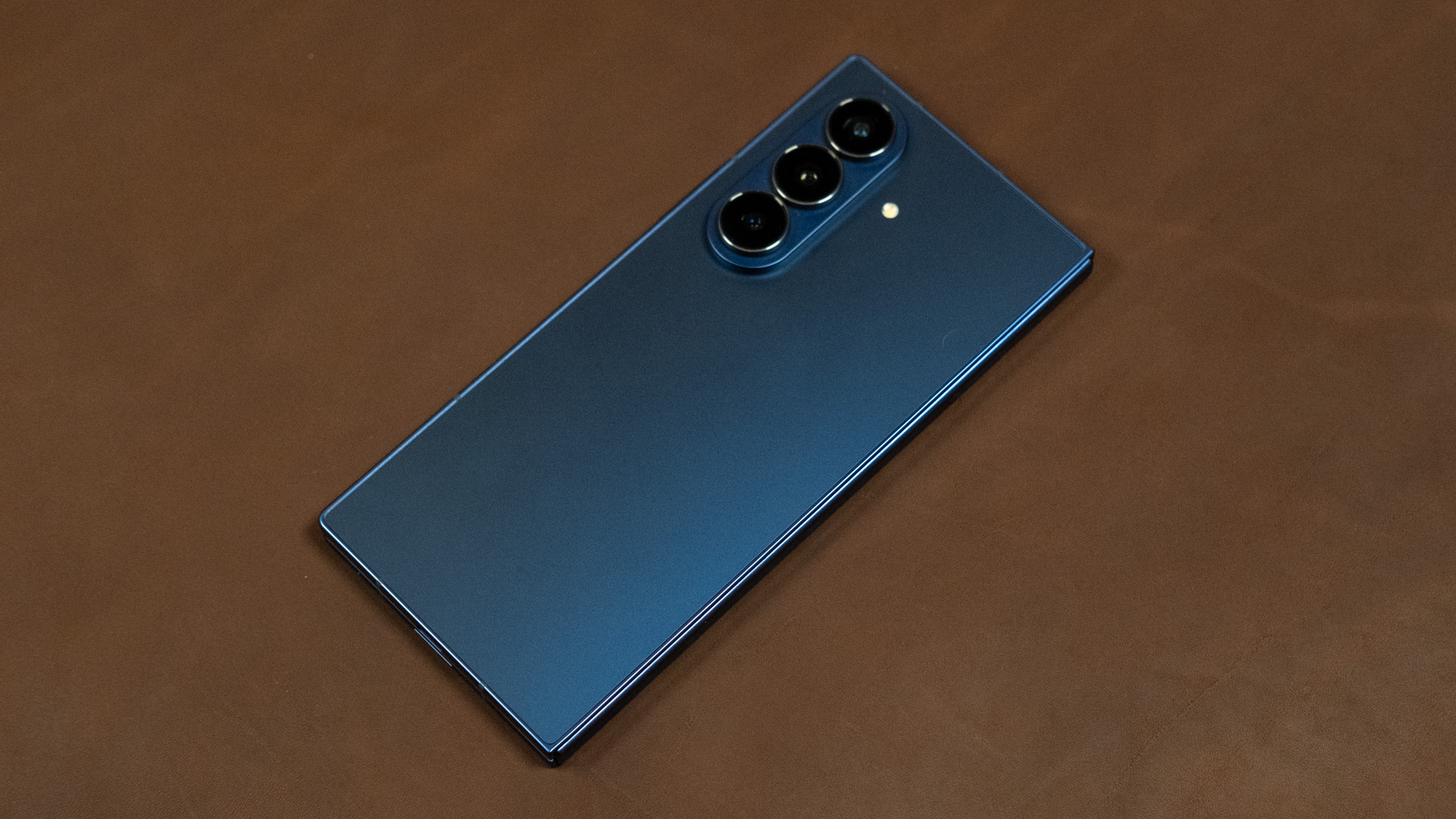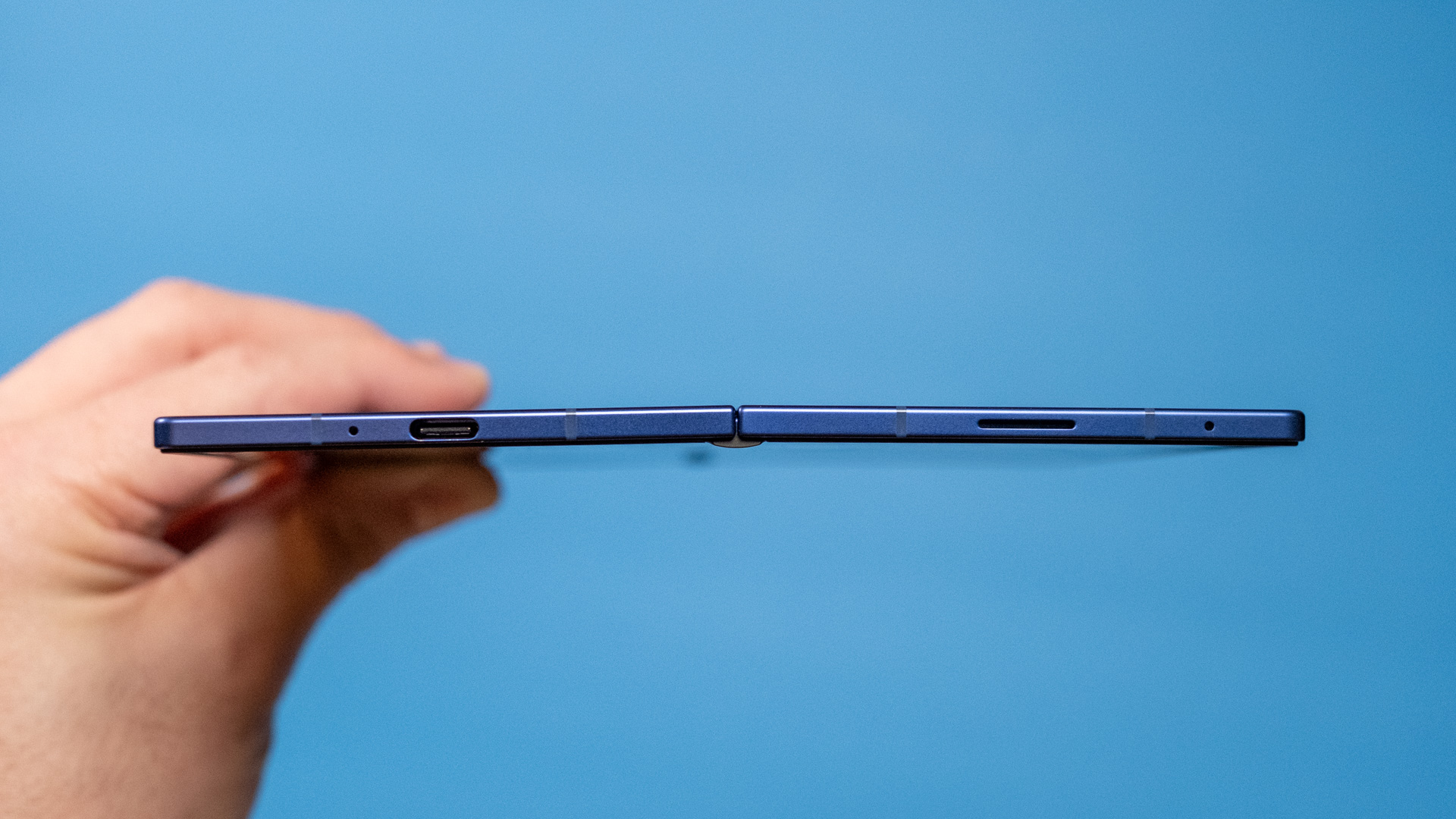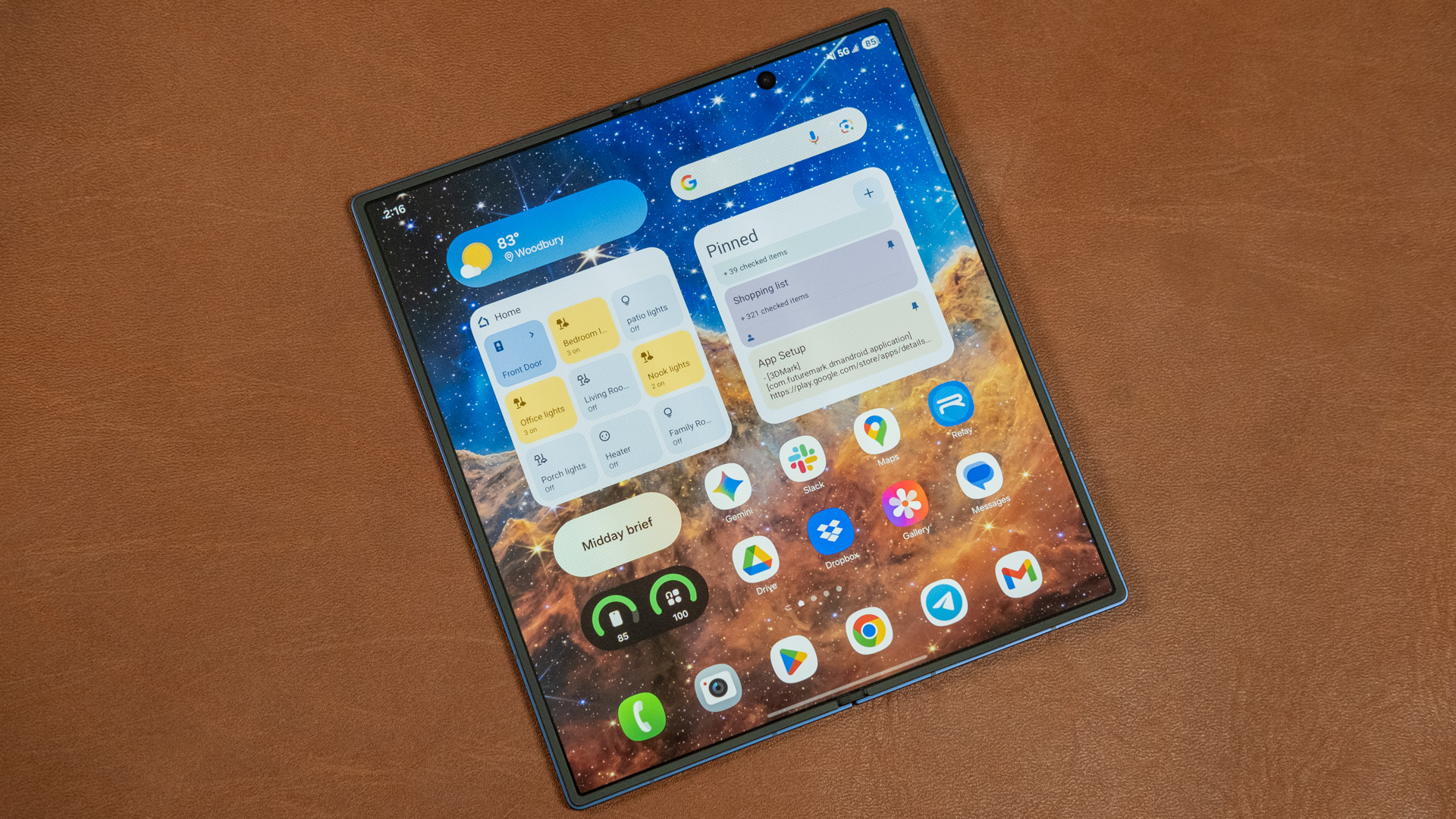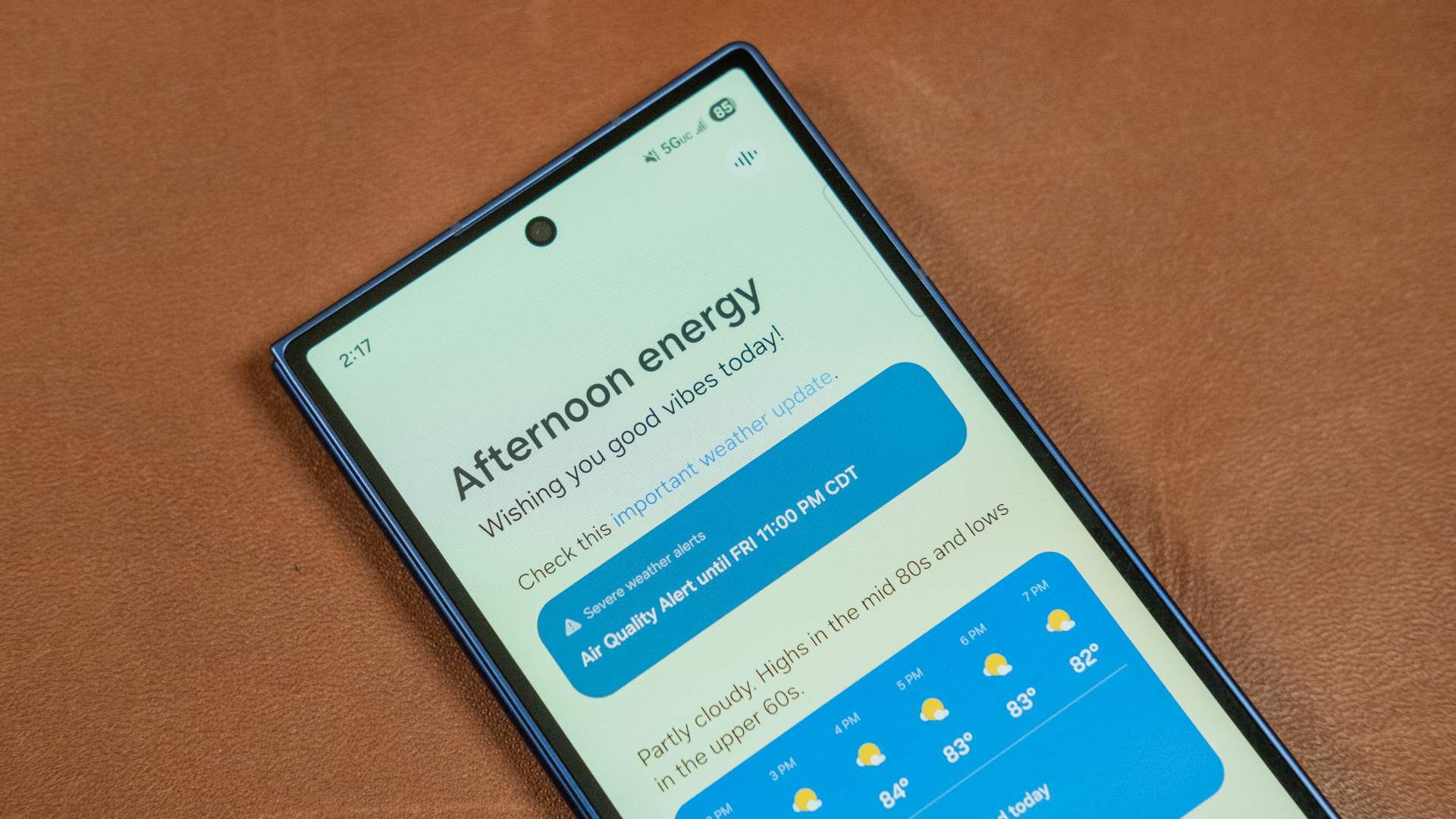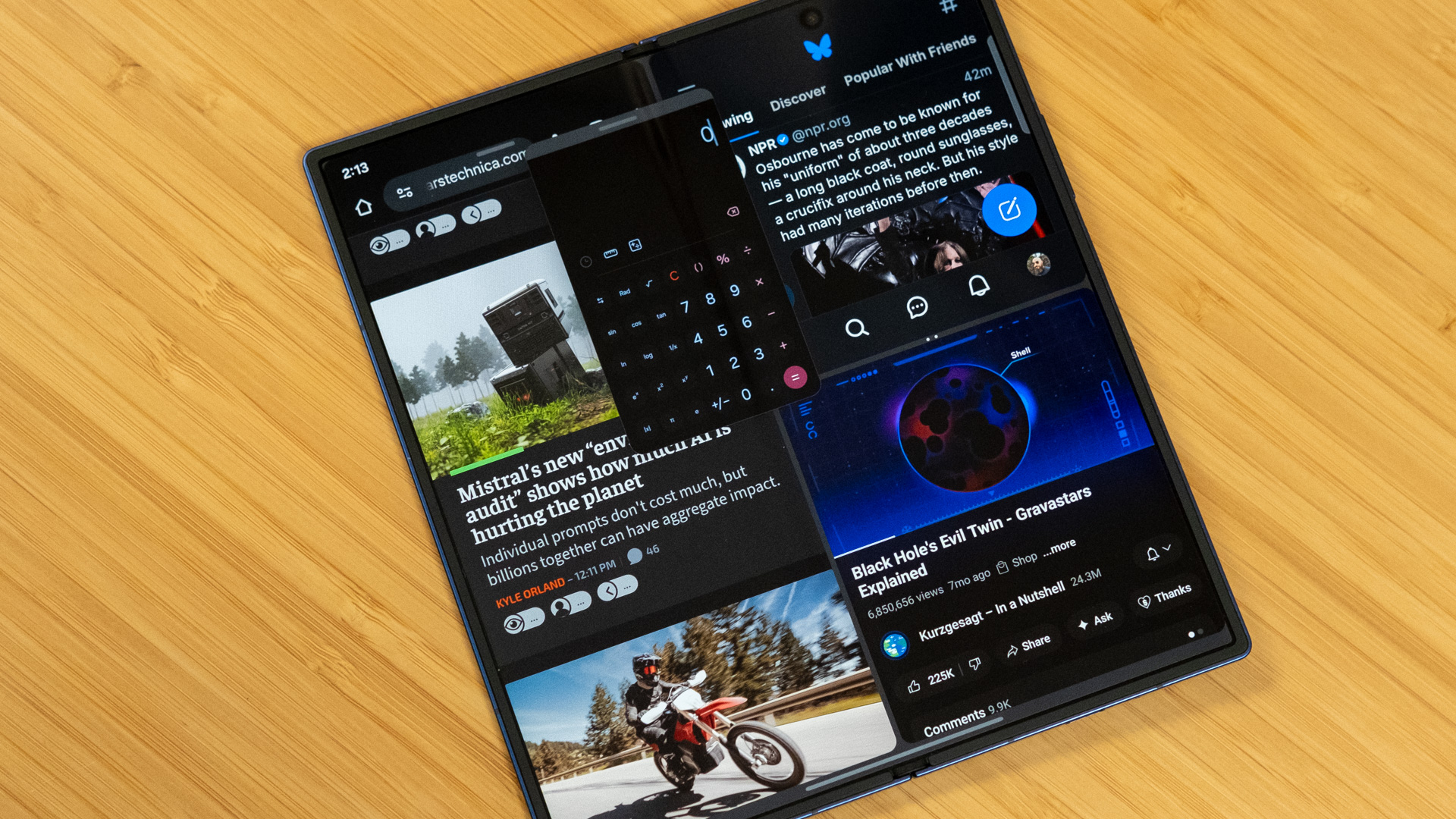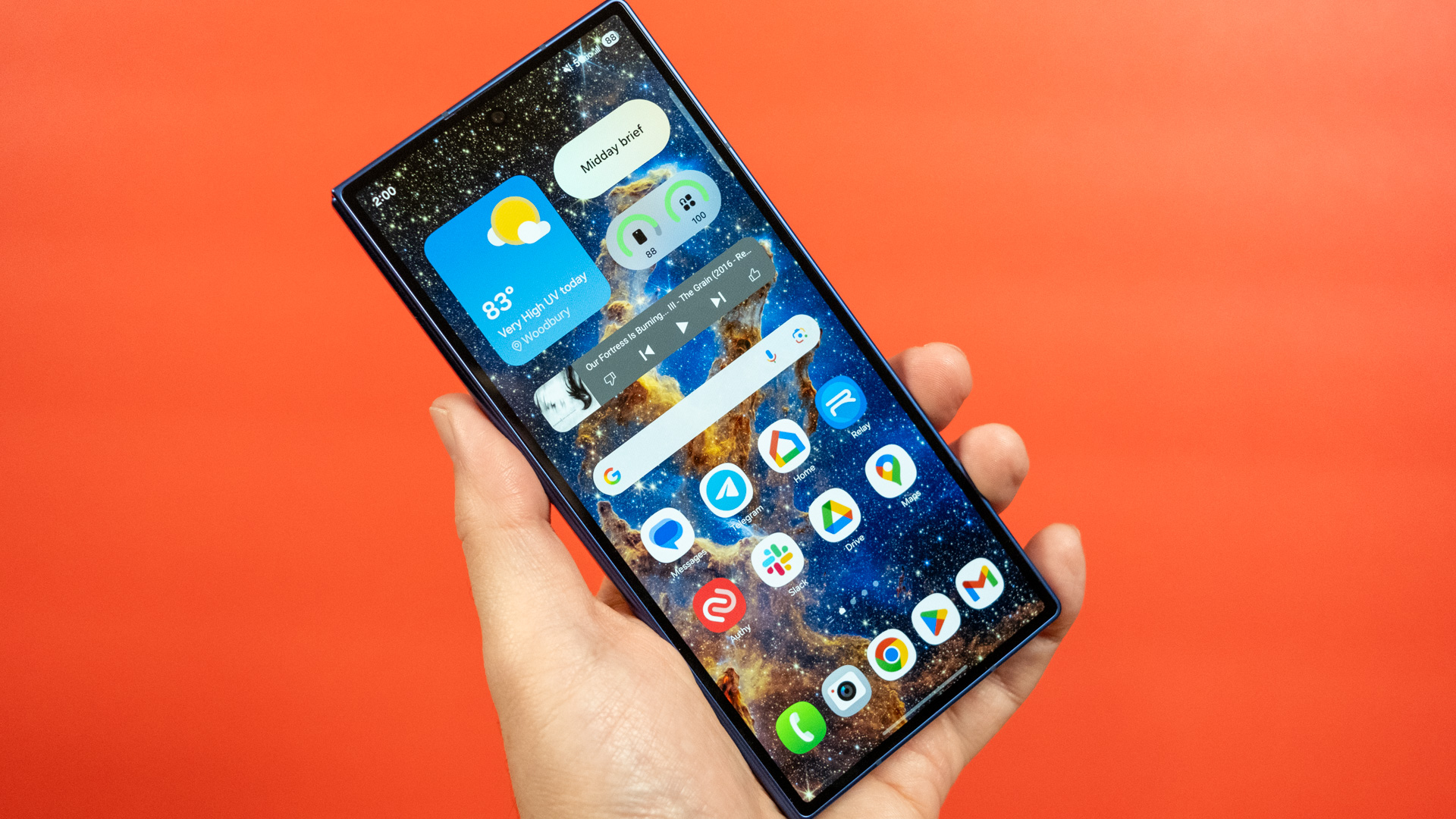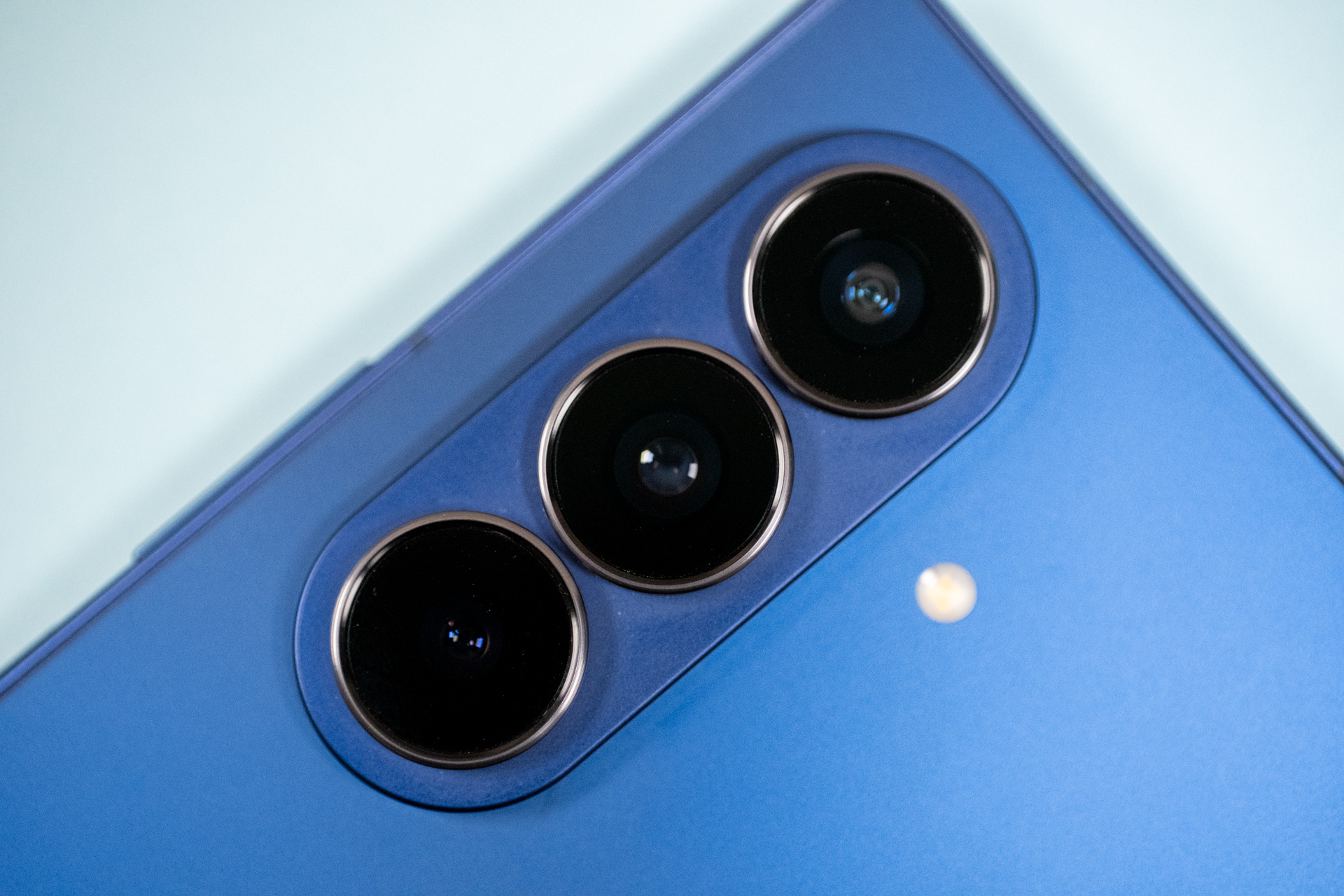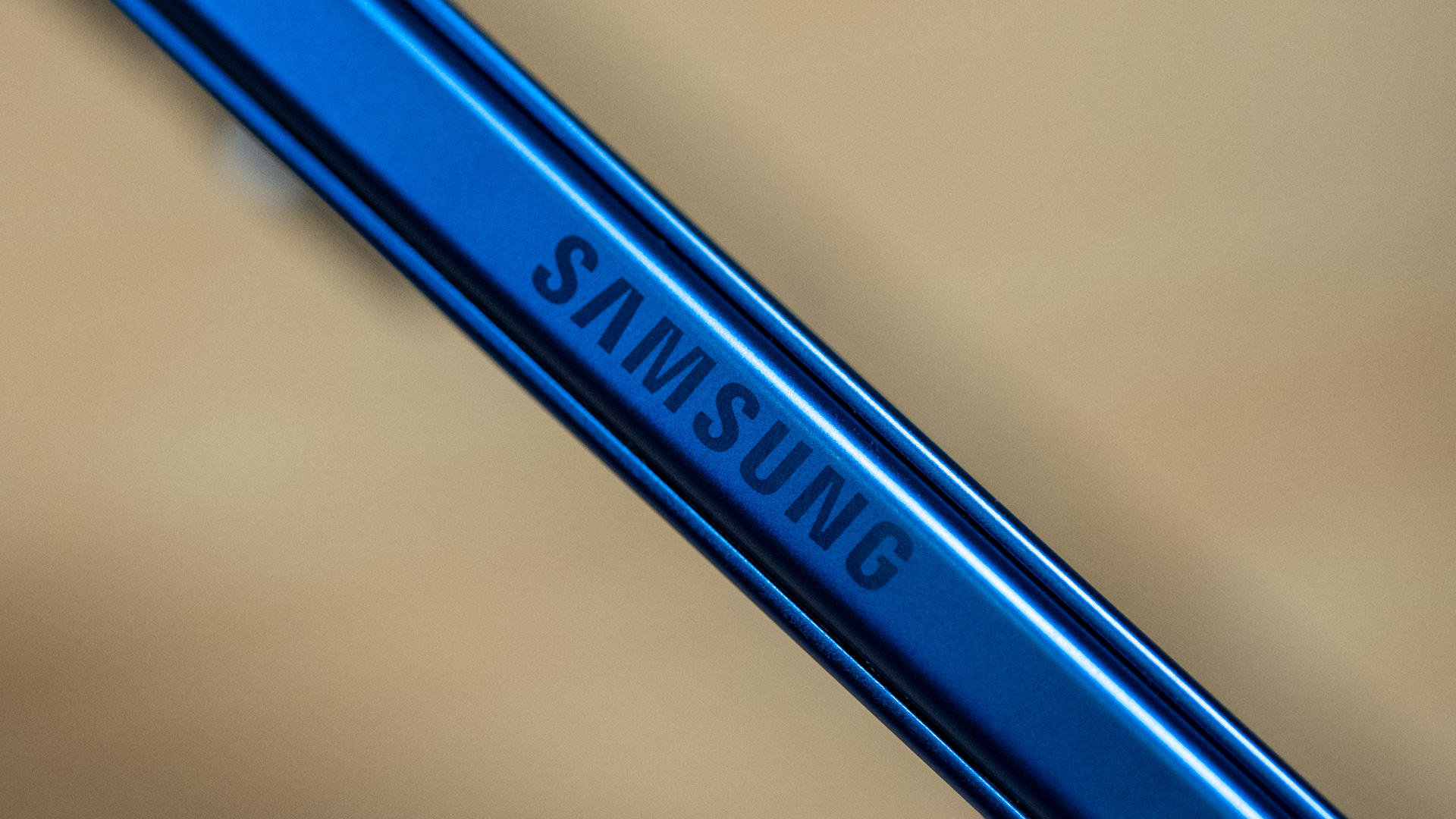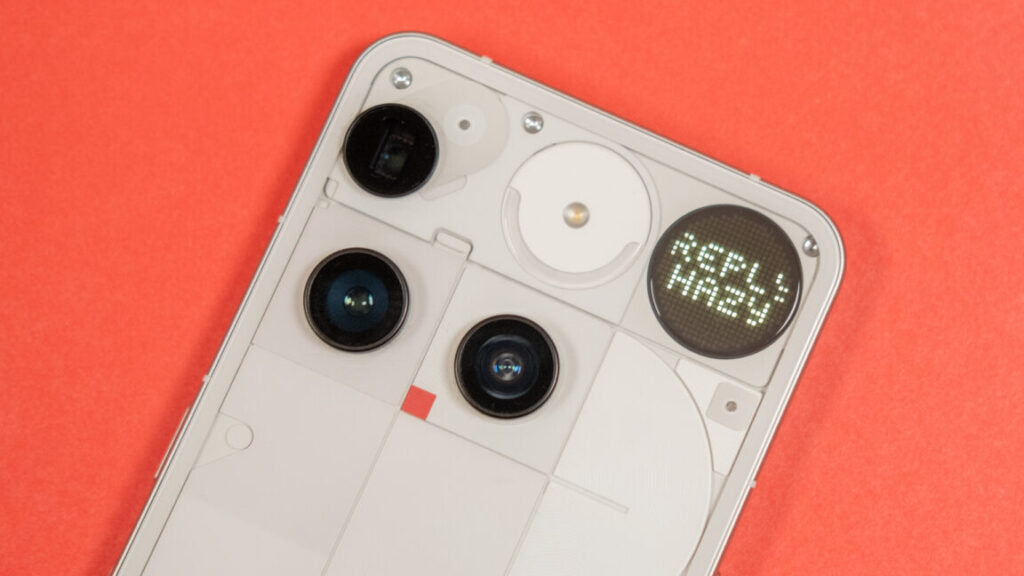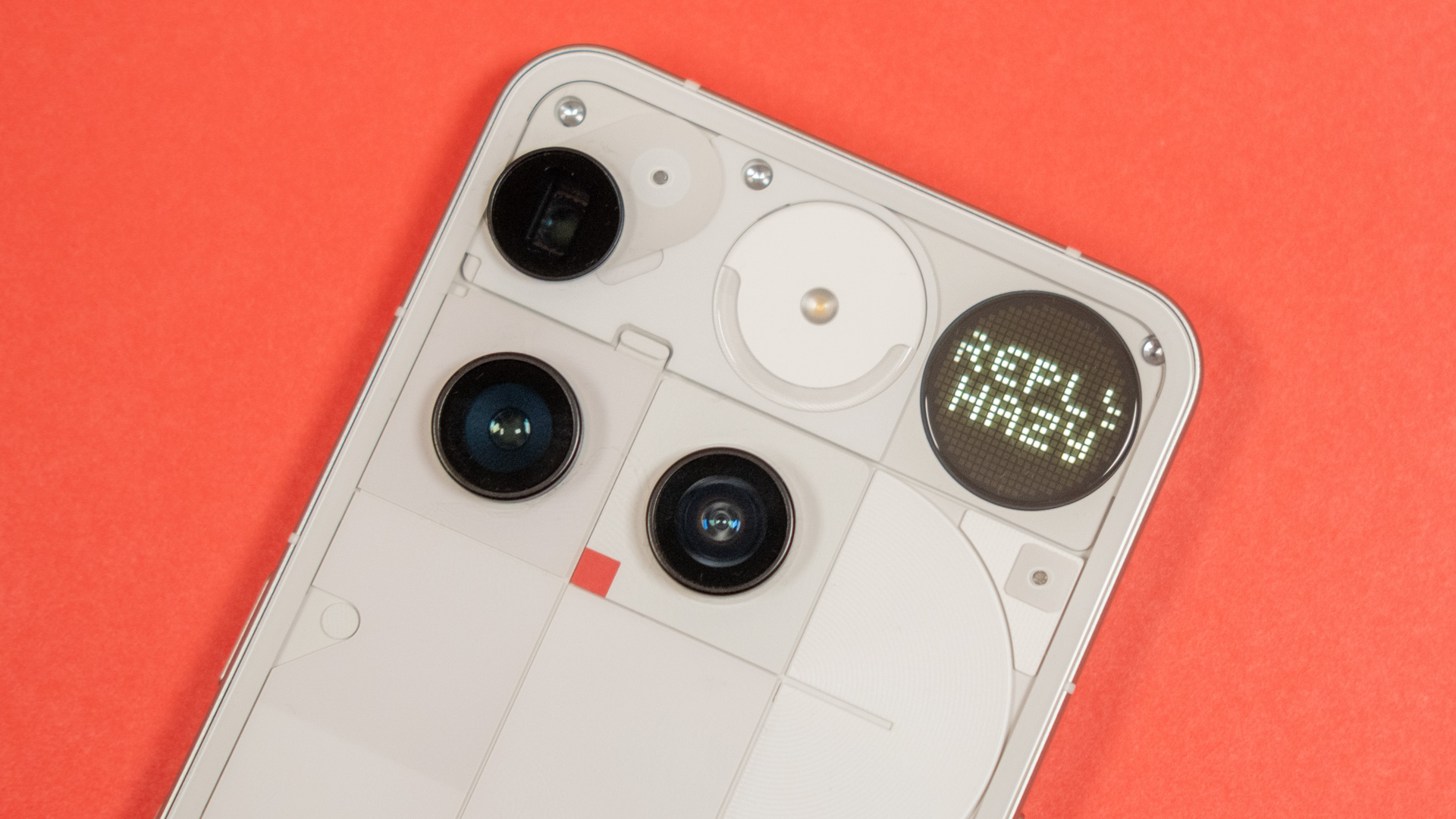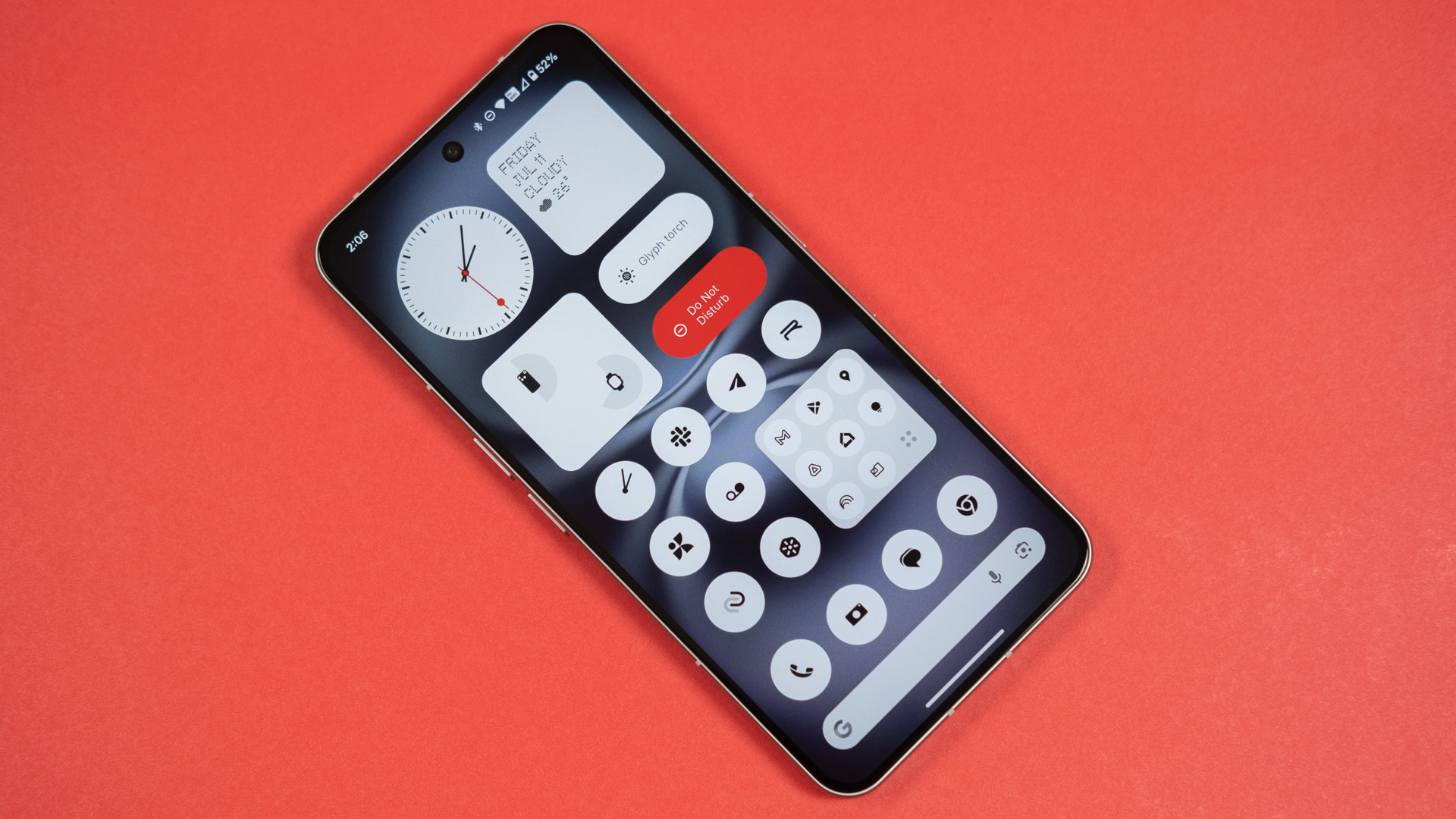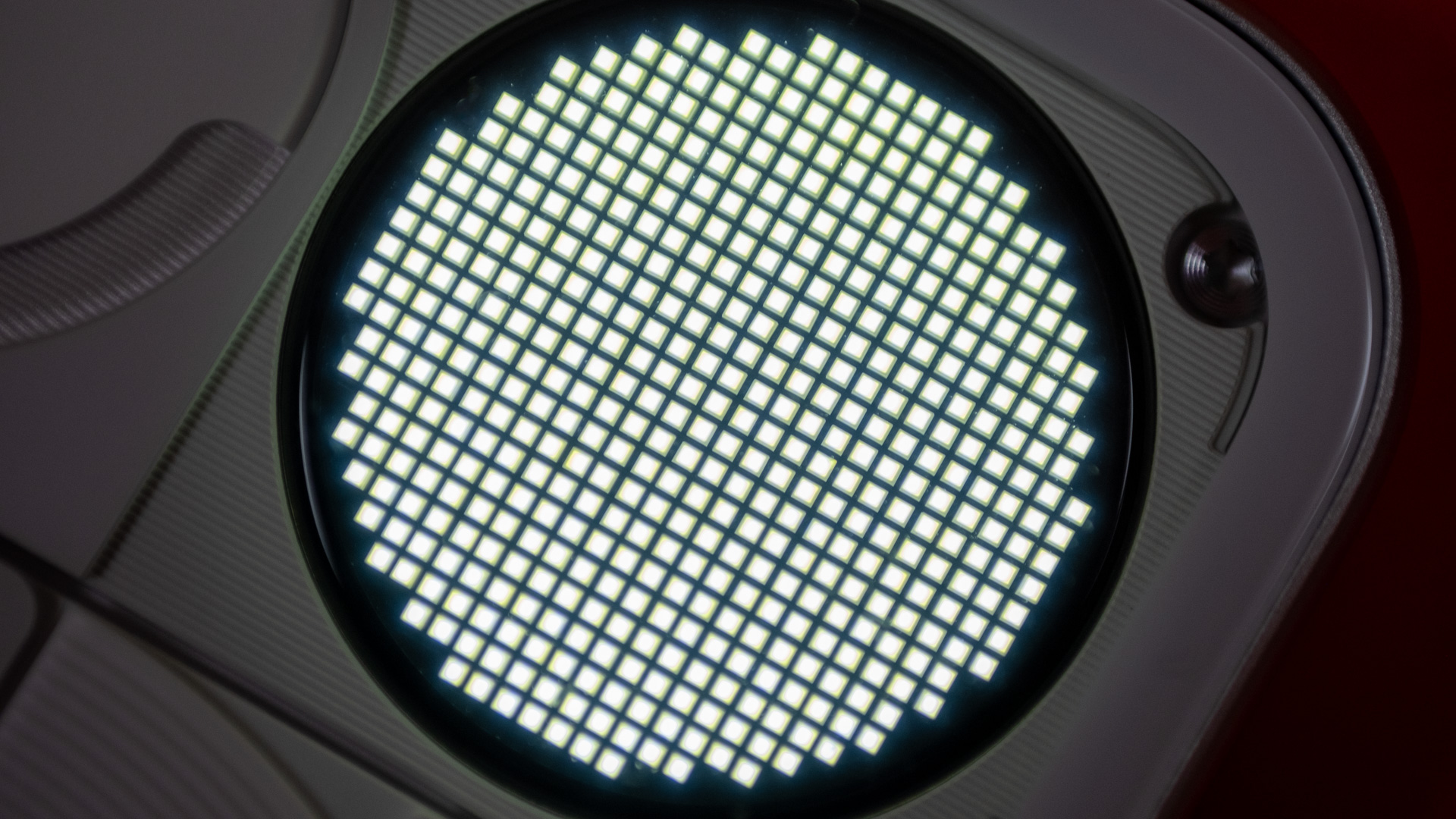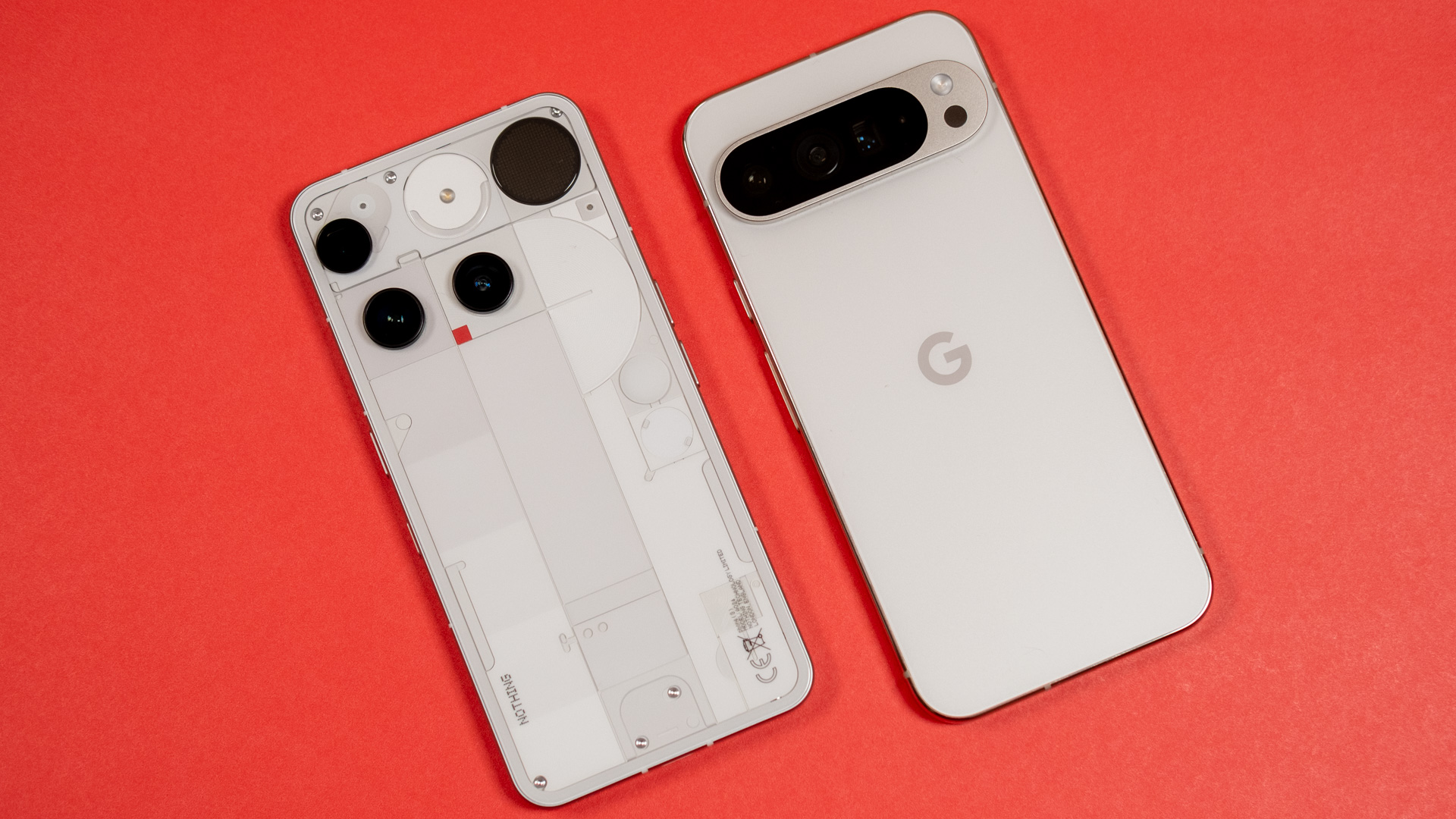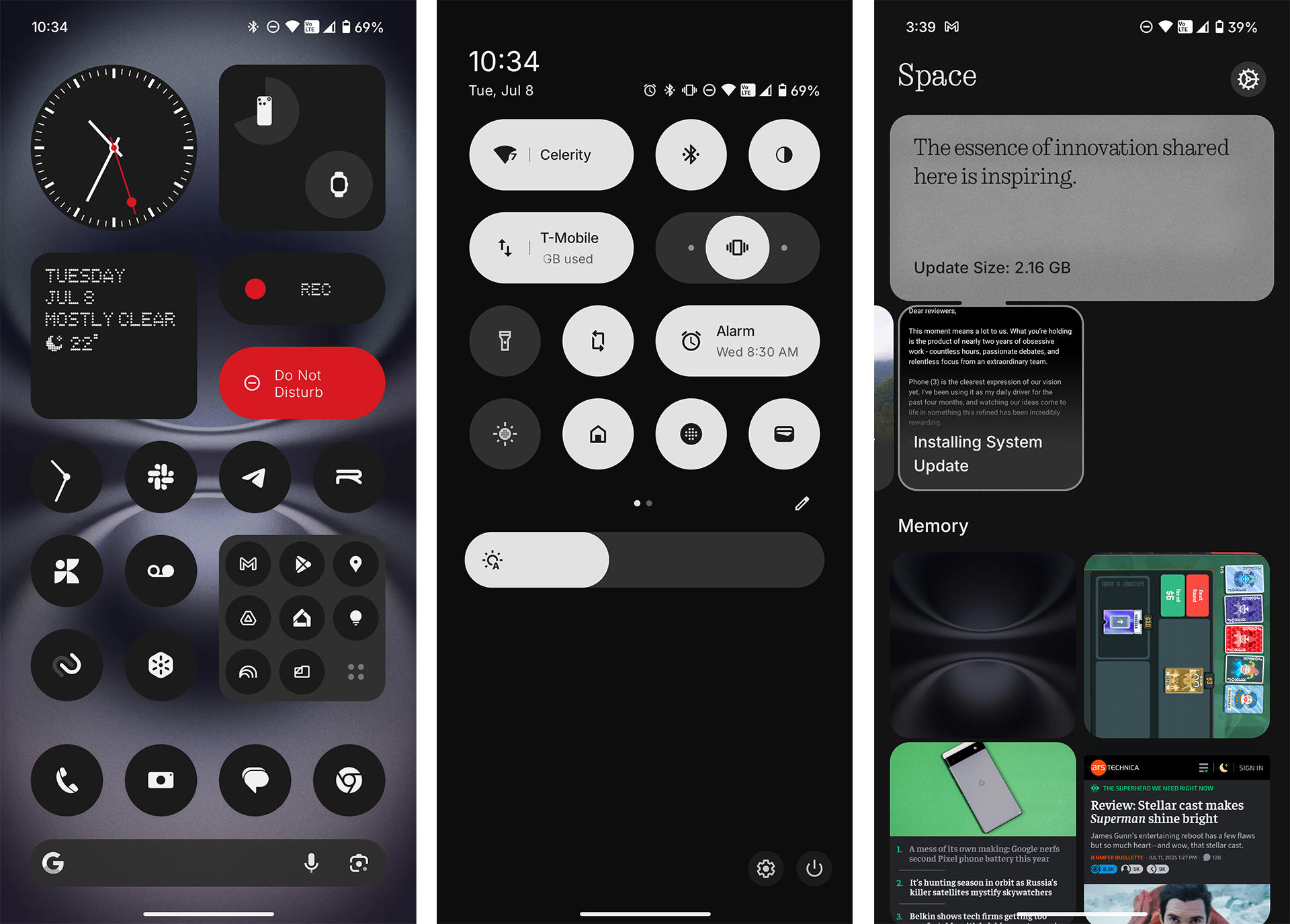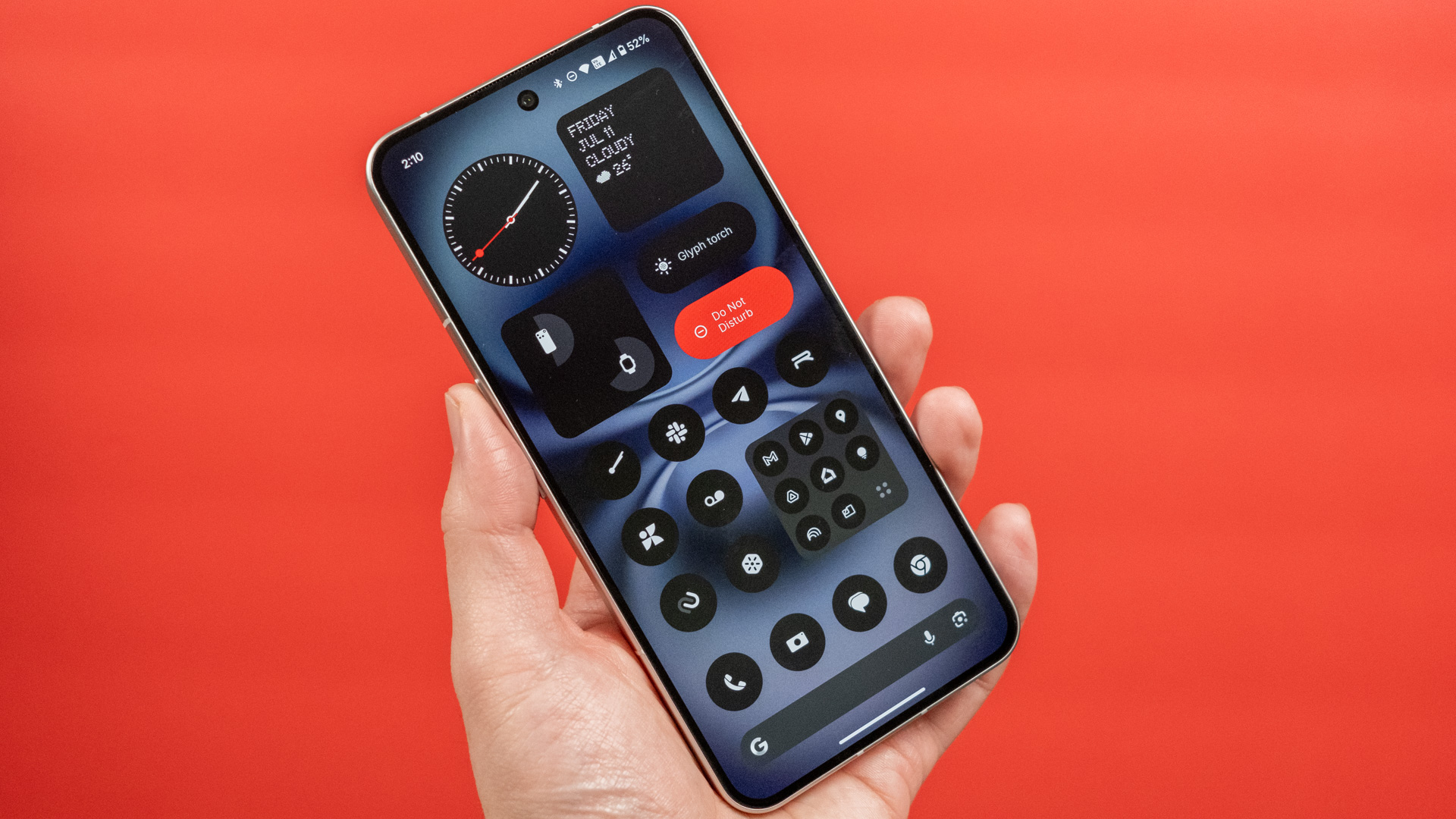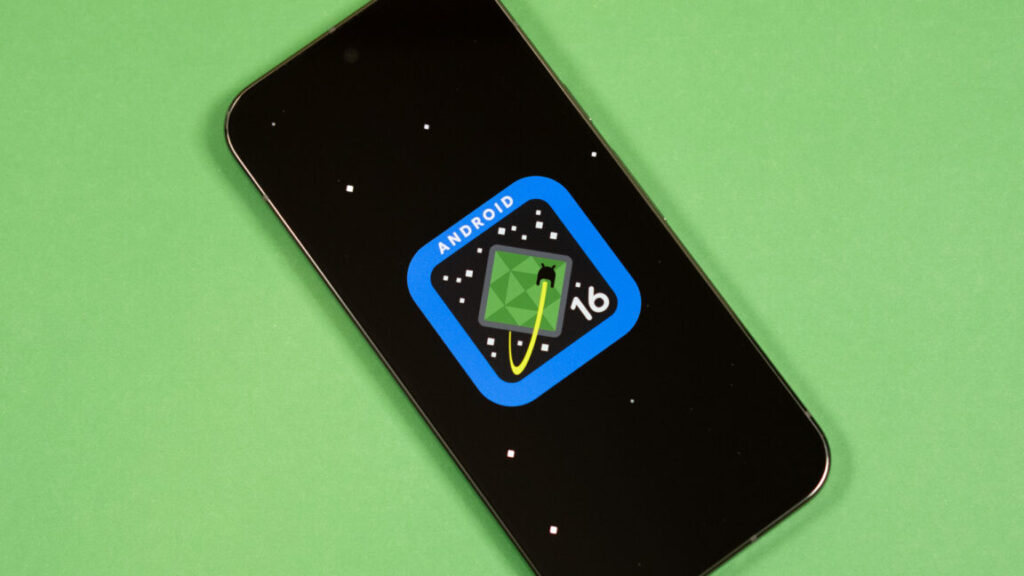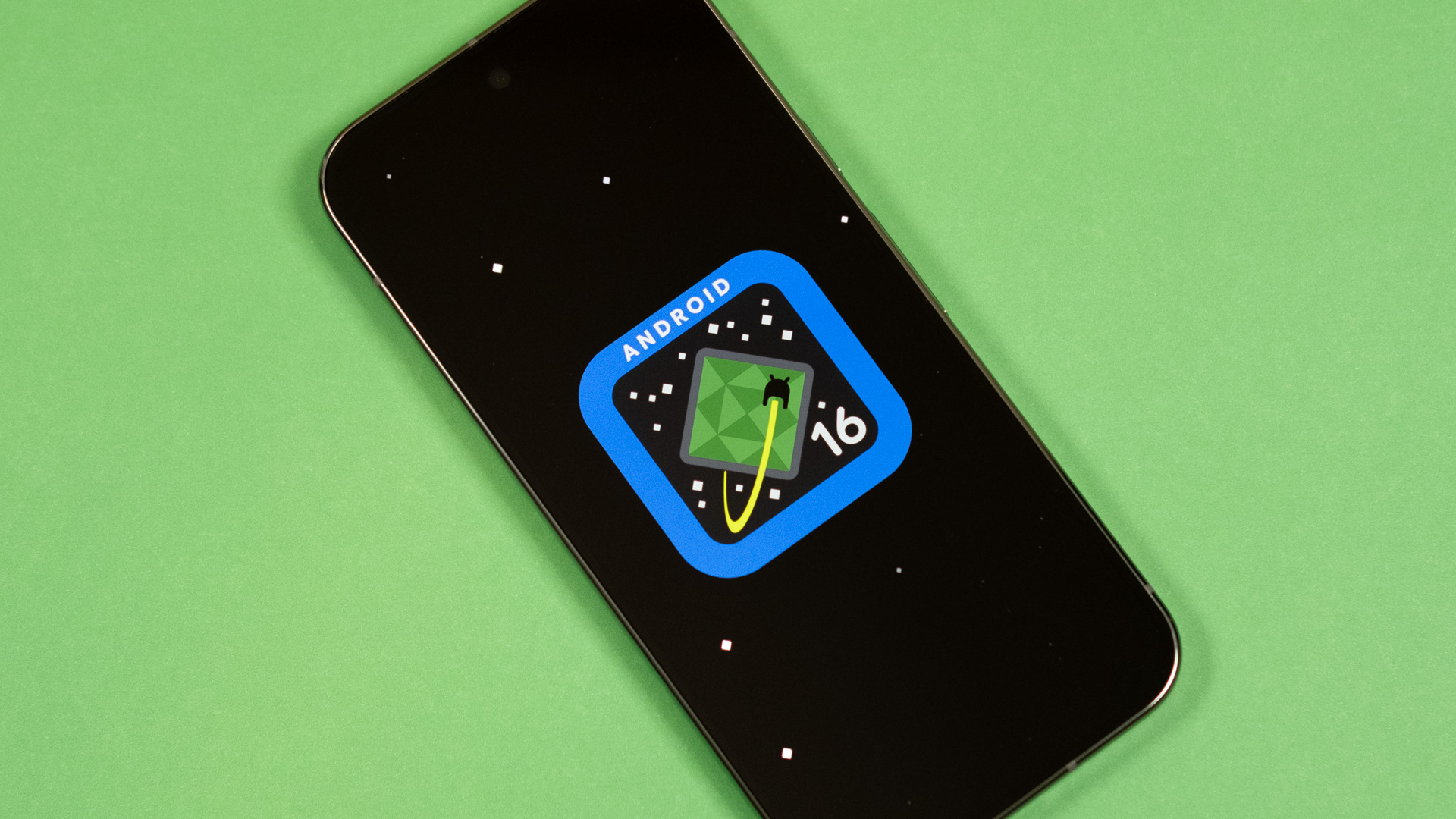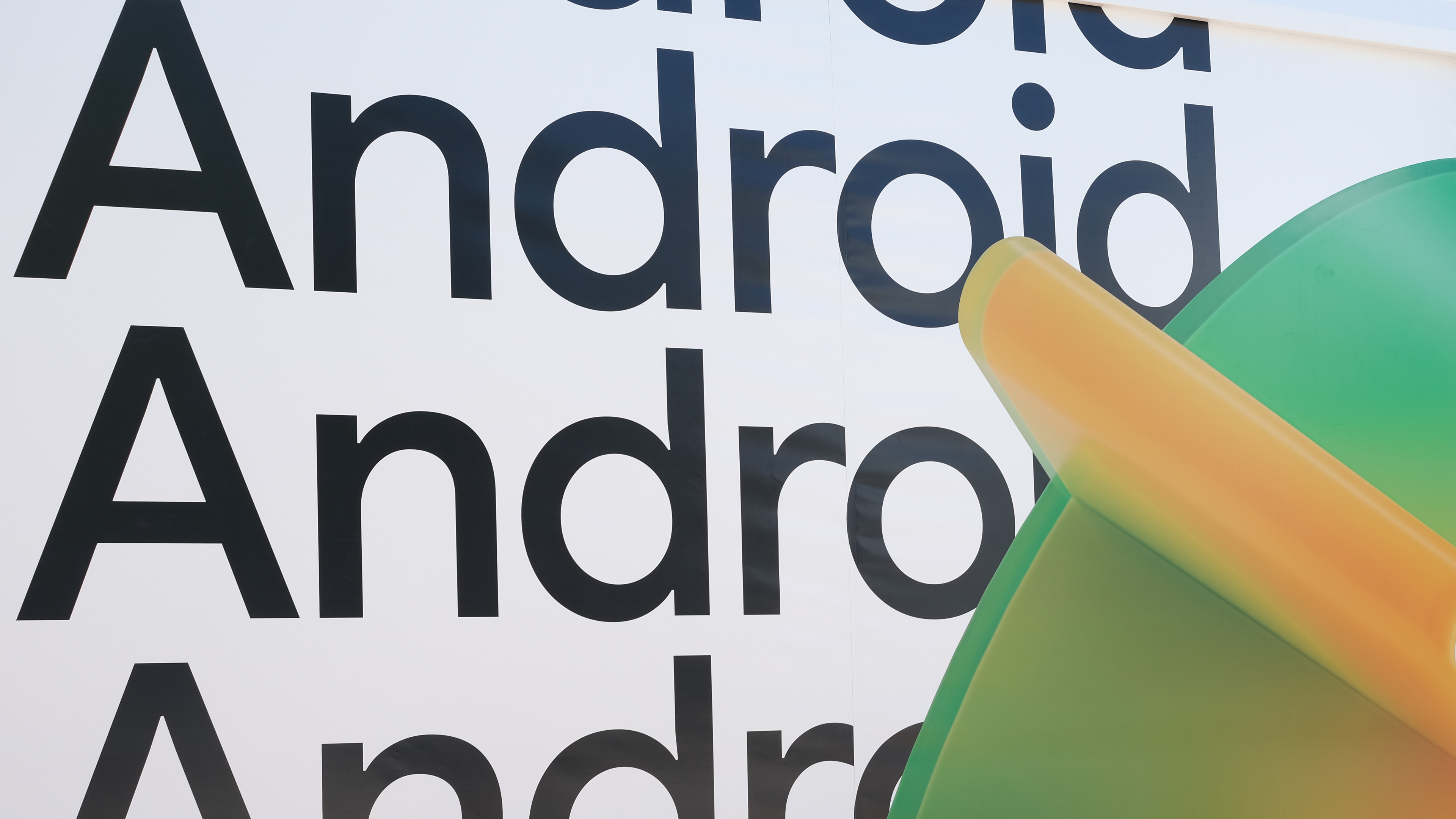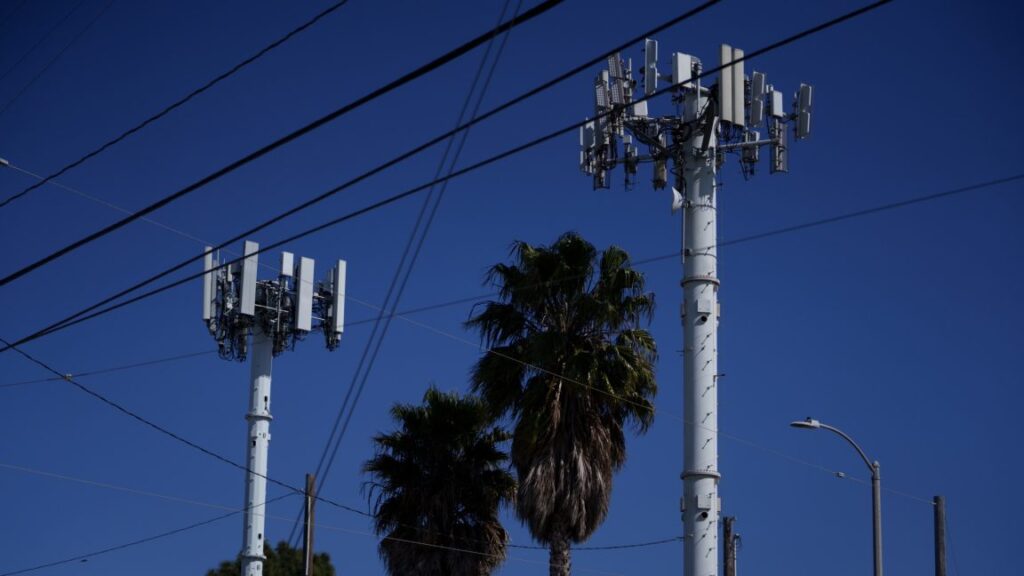OnePlus 15 review: The end of range anxiety
OnePlus got its start courting the enthusiast community by offering blazing-fast phones for a low price. While the prices aren’t quite as low as they once were, the new OnePlus 15 still delivers on value. Priced at $899, this phone sports the latest and most powerful Snapdragon processor, the largest battery in a mainstream smartphone, and a super-fast screen.
The OnePlus 15 still doesn’t deliver the most satisfying software experience, and the camera may actually be a step back for the company, but the things OnePlus gets right are very right. It’s a fast, sleek phone that runs for ages on a charge, and it’s a little cheaper than the competition. But its shortcomings make it hard to recommend this device over the latest from Google or Samsung—or even the flagship phone OnePlus released 10 months ago.
US buyers have time to mull it over, though. Because of the recent government shutdown, Federal Communications Commission approval of the OnePlus 15 has been delayed. The company says it will release the phone as soon as it can, but there’s no exact date yet.
A sleek but conventional design
After a few years of phones with a distinctly “OnePlus” look, the OnePlus 15 changes up the formula by looking more like everything else. The overall shape is closer to that of phones from Samsung, Apple, and Google than the OnePlus 13. That said, the OnePlus 15 is extremely well-designed, and it’s surprisingly lightweight (211g) for how much power it packs. It’s sturdy, offering full IP69K sealing, and it uses the latest Gorilla Glass Victus 2 on the screen. An ultrasonic fingerprint scanner under the display works just as well as any other flagship phone’s fingerprint unlock.
| Specs at a glance: OnePlus 15 | |
|---|---|
| SoC | Snapdragon 8 Elite Gen 5 |
| Memory | 12GB, 16GB |
| Storage | 256GB, 512GB |
| Display | 2772 x 1272 6.78″ OLED, 1-165 Hz |
| Cameras | 50 MP primary, f/1.8, OIS; 50 MP ultrawide, f/2.0; 50 MP 3.5x telephoto, OIS, f/2.8; 32 MP selfie, f/2.4 |
| Software | Android 16, 4 years of OS updates, six years of security patches |
| Battery | 7,300 mAh, 100 W wired charging (80 W with included plug), 50 W wireless charging |
| Connectivity | Wi-Fi 7, NFC, Bluetooth 6.0, sub-6 GHz 5G, USB-C 3.2 Gen 1 |
| Measurements | 161.4 x 76.7 x 8.1 mm; 211 g |
OnePlus managed to cram a 7,300 mAh battery in this phone without increasing the weight compared to last year’s model. Flagship phones like the Samsung Galaxy S25 Ultra and Pixel 10 Pro XL are at 5,000 mAh or a little more, and they weigh the same or a bit more. Adding almost 50 percent capacity on top of that without making the phone ungainly is an impressive feat of engineering.
The display is big, bright, and fast. Credit: Ryan Whitwam
That said, this is still a very large phone. The OLED screen measures 6.78 inches and has a resolution of 1272 x 2772. That’s a little lower than last year’s phone, which almost exactly matched the Galaxy S25 Ultra’s 1440p screen. Even looking at the OP13 and OP15 side-by-side, the difference in display resolution is negligible. You might notice the increased refresh rate, though. During normal use, the OnePlus 15 can hit 120 Hz (or as low as 1 Hz to save power), but in supported games, it can reach 165 Hz.
While the phone’s peak brightness is a bit lower than last year’s phone (3,600 vs. 4,500 nits), that’s not the full-screen brightness you’ll see day to day. The standard high-brightness mode (HMB) rating is a bit higher at 1,800 nits, which is even better than what you’ll get on phones like the Galaxy S25 Ultra. The display is not just readable outside—it looks downright good.
OnePlus offers the phone in a few colors, but the differences are more significant than in your average smartphone lineup. The Sand Storm unit we’ve tested is a light tan color that would be impossible to anodize. Instead, this version of the phone uses a finish known as micro-arc oxidation (MAO), which is supposedly even more durable than PVD titanium. OnePlus says this is the first phone with this finish, but it’s actually wrong about that. The 2012 HTC One S also had an MAO finish that was known to chip over time. OnePlus says its take on MAO is more advanced and was tested with a device known as a nanoindenter that can assess the mechanical properties of a material with microscopic precision.
The OnePlus 15 looks nice, but it also looks more like everything else. It does have an IR blaster, though. Credit: Ryan Whitwam
Durability aside, the MAO finish feels very interesting—it’s matte and slightly soft to the touch but cool like bare metal. It’s very neat, but it’s probably not neat enough to justify an upgrade if you’re looking at the base model. You can only get Sand Storm with the upgraded $999 model, which has 512GB of storage and 16GB of RAM.
The Sand Storm variant also has a fiberglass back panel rather than the glass used on other versions of the phone. All colorways have the same squircle camera module in the corner, sporting three large-ish sensors. Unlike some competing devices, the camera bump isn’t too prominent. So the phone almost lies flat—it still rocks a bit when sitting on a table, but not as much as phones like the Galaxy S25 Ultra.
For years, OnePlus set itself apart with the alert slider, but this is the company’s first flagship phone to drop that feature. Instead, you get a configurable action button similar to the iPhone. By default, the “Plus Key” connects to the Plus Mind AI platform, allowing you to take screenshots and record voice notes to load them instantly into the AI. More on that later.
The Plus Key (bottom) has replaced the alert slider (top). We don’t like this. Credit: Ryan Whitwam
You can change the key to controlling ring mode, the flashlight, or several other features. However, the button feels underutilized, and the default behavior is odd. You don’t exactly need an entire physical control to take screenshots when that’s already possible by holding the power and volume down buttons like on any other phone. The alert slider will be missed.
Software and AI
The OnePlus 15 comes with OxygenOS 16, which is based on Android 16. The software is essentially the same as what you’d find on OnePlus and Oppo phones in China but with the addition of Google services. The device inherits some quirks from the Chinese version of the software, known as ColorOS. Little by little, the international OxygenOS has moved closer to the software used in China. For example, OnePlus is very invested in slick animations in OxygenOS, which can be a bit distracting at times.
Some things that should be simple often take multiple confirmation steps in OxygenOS. Case in point: Removing an app from your home screen requires a long-press and two taps, and OnePlus chose to separate icon colors and system colors in the labyrinthian theming menu. There are also so many little features vying for your attention that it takes a day or two just to encounter all of them and tap through the on-screen tutorials.
Plus Mind aims to organize your data in screenshots and voice notes. Credit: Ryan Whitwam
OnePlus has continued aping the iPhone to an almost embarrassing degree with this phone. There are Dynamic Island-style notifications for Android’s live alerts, which look totally alien in this interface. The app drawer also has a category view like iOS, but the phone doesn’t know what most of our installed apps are. Thus, “Other” becomes the largest category, making this view rather useless.
OnePlus was a bit slower than most to invest in generative AI features, but there are plenty baked into the OnePlus 15. The most prominent AI feature is Mind Space, which lets you save voice notes and screenshots with the Plus Key; they become searchable after being processed with AI. This is most similar to Nothing’s Essential Space. Google’s Pixel Screenshots app doesn’t do voice, but it offers a more conversational interface that can pull information from your screens rather than just find them, which is all Mind Space can do.
While OnePlus has arguably the most capable on-device AI hardware with the Snapdragon 8 Elite Gen 5, it’s not relying on it for much AI processing. Only some content from Plus Mind is processed locally, and the rest is uploaded to the company’s Private Computing Cloud. Features like AI Writer and the AI Recorder operate entirely in the cloud system. There’s also an AI universal search feature that sends information to the cloud, but this is thankfully disabled by default. OnePlus says it has full control of these servers, noting that encryption prevents anyone else (even OnePlus itself) from accessing your data.
The categorized app drawer is bad at recognizing apps. Credit: Ryan Whitwam
So OnePlus is at least saying the right things about privacy—Google has a similar pitch for its new private AI cloud compute environment. Regardless of whether you believe that, though, there are other drawbacks to leaning so heavily on the cloud. Features that run workloads in the Private Computing Cloud will have more latency and won’t work without a solid internet connection. It also just seems like a bit of a waste not to take advantage of Qualcomm’s super-powerful on-device capabilities.
AI features on the OnePlus 15 are no more or less useful than the versions on other current smartphones. If you want a robot to write Internet comments for you, the OnePlus 15 can do that just fine. If you don’t want to use AI on your phone, you can remap the Plus Key to something else and ignore the AI-infused stock apps. There are plenty of third-party alternatives that don’t have AI built in.
OnePlus doesn’t have the best update policy, but it’s gotten better over time. The OnePlus 15 is guaranteed four years of OS updates and six years of security patches. The market leaders are Google and Samsung, which offer seven years of full support.
Performance and battery
There’s no two ways about it: The OnePlus 15 is a ridiculously fast phone. This is the first Snapdragon 8 Elite Gen 5 device we’ve tested, and it definitely puts Qualcomm’s latest silicon to good use. This chip has eight Oryon CPU cores, with clock speeds as high as 4.6 GHz. It’s almost as fast as the Snapdragon X Elite laptop chips.
Even though OnePlus has some unnecessarily elaborate animations, you never feel like you’re waiting on the phone to catch up. Every tap is detected accurately, and app launches are near instantaneous. The Gen 5 is faster than last year’s flagship processor, but don’t expect the OnePlus 15 to run at full speed indefinitely.
In our testing, the phone pulls back 10 to 20 percent under thermal load to manage heat. The OP15 has a new, larger vapor chamber that seems to keep the chipset sufficiently cool during extended gaming sessions. That heat has to go somewhere, though. The phone gets noticeably toasty in the hand during sustained use.
The OnePlus 15 behaves a bit differently in benchmark apps, maintaining high speeds longer to attain higher scores. This tuning reveals just how much heat an unrestrained Snapdragon 8 Elite Gen 5 can produce. After running flat-out for 20 minutes, the phone loses only a little additional speed, but the case gets extremely hot. Parts of the phone reached a scorching 130° Fahrenheit, which is hot enough to burn your skin after about 30 seconds. During a few stress tests, the phone completely closed all apps and disabled functions like the LED flash to manage heat.
The unthrottled benchmarks do set a new record. The OnePlus 15 tops almost every test—Apple’s iPhone 17 Pro eked out the only win in Geekbench single-core—Snapdragon has always fallen short in single-core throughput in past Apple-Qualcomm matchups, but it wins on multicore performance.
The Snapdragon chip uses a lot of power when it’s cranked up, but the OnePlus 15 has battery to spare. The 7,300 mAh silicon-carbide cell is enormous compared to the competition, which hovers around 5,000 mAh in other big phones. This is one of the very few smartphones that you don’t have to charge every night. In fact, making it through two or three days with this device is totally doable. And that’s without toggling on the phone’s battery-saving mode.
OnePlus also shames the likes of Google and Samsung when it comes to charging speed. The phone comes with a charger in the box—a rarity these days. This adapter can charge the phone at an impressive 80 W, and OnePlus will offer a 100 W charger on its site. With the stock charger, you can completely charge the massive battery in a little over 30 minutes. It almost doesn’t matter that the battery is so big because a few minutes plugged in gives you more than enough to head out the door. Just plug the phone in while you look for your keys, and you’re good to go. The phone also supports 50 W wireless charging with a OnePlus dock, but that’s obviously not included.
There is somehow a 7,300 mAh battery in there. Credit: Ryan Whitwam
Unfortunately, only chargers and cables compatible with Oppo’s SuperVOOC system will reach these speeds. It’s nice to see one in the box because spares will cost you the better part of $100. Even if you aren’t using an official OnePlus charger/cable, a standard USB-PD plug can still hit 36 W, which is faster than phones like the Pixel 10 Pro and Galaxy S25 and about the same as the iPhone 17.
Cameras
OnePlus partnered with imaging powerhouse Hasselblad on its last several flagship phones, but that pairing is over with the launch of the OnePlus 15. The phone maker is now going it alone, swapping Hasselblad’s processing for a new imaging engine called DetailMax. The hardware is changing, too.
The OnePlus 15 camera setup is a slight downgrade from the 13. Credit: Ryan Whitwam
OnePlus 15 has new camera sensors despite featuring the same megapixel count. There’s a 50 MP primary wide-angle, a 50 MP telephoto with 3.5x effective zoom, and a 50 MP ultrawide with support for macro shots. There’s a 32 MP selfie camera peeking through the OLED as well.
Each of these sensors is physically smaller than last year’s OnePlus cameras by a small margin. That means they can’t collect as much light, but good processing can make up for minor physical changes like that. That’s the problem, though.
Taking photos with the OnePlus 15 can be frustrating because the image processing misses as much as it hits. The colors, temperature, dynamic range, and detail are not very consistent. Images taken in similar conditions of similar objects—even those taken one after the other—can have dramatically different results. Color balance is also variable across the three rear sensors.
Bright outdoor light, fast movement. Ryan Whitwam
By that token, some of the photos we’ve taken on the OnePlus 15 are great. These are usually outdoor shots, where the phone has plenty of light. It’s not bad at capturing motion in these instances, and photos are sharp as long as the frame isn’t too busy. However, DetailMax has a tendency to oversharpen, which obliterates fine details and makes images look the opposite of detailed. This is much more obvious in dim lighting, with longer exposures that lead to blurry subjects more often than not.
Adding any digital zoom to your framing is generally a bad idea on the OnePlus 15. The processing just doesn’t have the capacity to clean up those images like a Google Pixel or even a Samsung Galaxy. The telephoto lens is good for getting closer to your subject, but the narrow aperture and smaller pixels make it tough to rely on indoors. Again, outdoor images are substantially better.
Shooting landscapes with the ultrawide is a good experience. The oversharpening isn’t as apparent in bright outdoor conditions, and there’s very little edge distortion. However, the field of view is narrower than on the OnePlus 13’s ultrawide camera, so that makes sense. Macro shots are accomplished with this same lens, and the results are better than you’ll get with any dedicated macro lens on a phone. That said, blurriness and funky processing creep in often enough that backing up and shooting a normal photo can serve you better, particularly if there isn’t much light.
A tale of two flagships
The OnePlus 15 is not the massive leap you might expect from skipping a number. The formula is largely unchanged from its last few devices—it’s blazing fast and well-built, but everything else is something of an afterthought.
You probably won’t be over the moon for the OnePlus 15, but it’s a good, pragmatic choice. It runs for days on a charge, you barely have to touch it with a power cable to get a full day’s use, and it manages that incredible battery life while being fast as hell. Honestly, it’s a little too fast in benchmarks, with the frame reaching borderline dangerous temperatures. The phone might get a bit warm in games, but it will maintain frame rates better than anything else on the market, up to 165 fps in titles that support its ultra-fast screen.
The OnePlus 13 (left) looked quite different compared to the 15 (right) Credit: Ryan Whitwam
However, the software can be frustrating at times, with inconsistent interfaces and unnecessarily arduous usage flows. OnePlus is also too dependent on sending your data to the cloud for AI analysis. You can avoid that by simply not using OnePlus’ AI features, and luckily, it’s pretty easy to avoid them.
It’s been less than a year since the OnePlus 13 arrived, but the company really wanted to be the first to get the new Snapdragon in everyone’s hands. So here we are with a second 2025 OnePlus flagship. If you have the OnePlus 13, there’s no reason to upgrade. That phone is arguably better, even though it doesn’t have the latest Snapdragon chip or an enormous battery. It still lasts more than long enough on a charge, and the cameras perform a bit better. You also can’t argue with that alert slider.
The Good
- Incredible battery life and charging speed
- Great display
- Durable design, cool finish on Sand Storm colorway
- Blazing fast
The Bad
- Lots of AI features that run in the cloud
- Cameras a step down from OnePlus 13
- OxygenOS is getting cluttered
- RIP the alert slider
- Blazing hot
Ryan Whitwam is a senior technology reporter at Ars Technica, covering the ways Google, AI, and mobile technology continue to change the world. Over his 20-year career, he’s written for Android Police, ExtremeTech, Wirecutter, NY Times, and more. He has reviewed more phones than most people will ever own. You can follow him on Bluesky, where you will see photos of his dozens of mechanical keyboards.
OnePlus 15 review: The end of range anxiety Read More »
